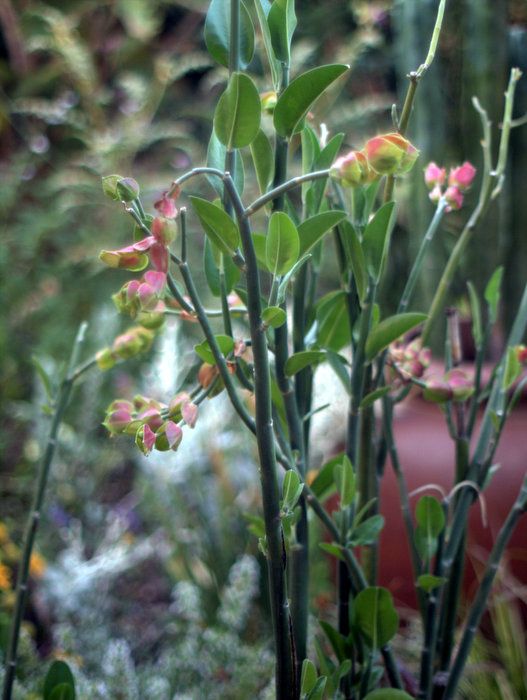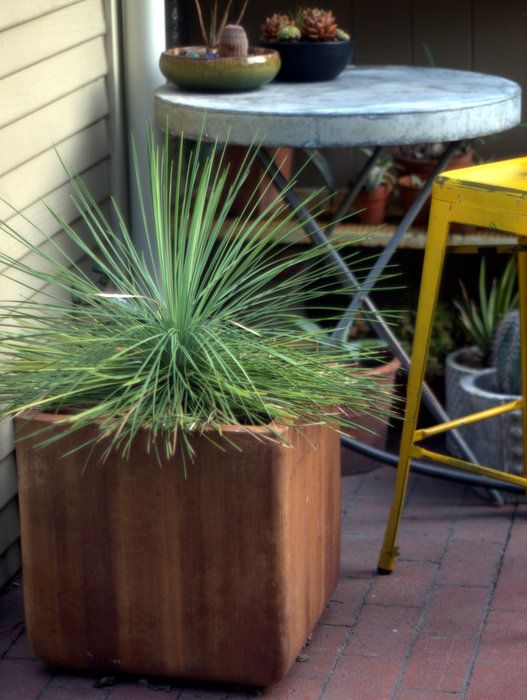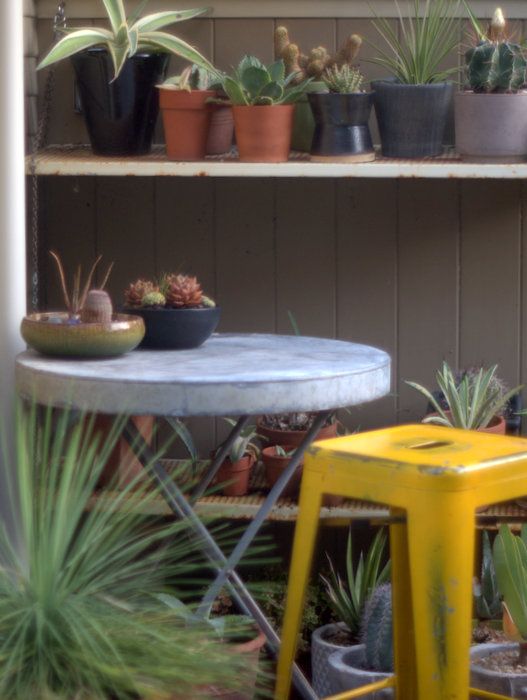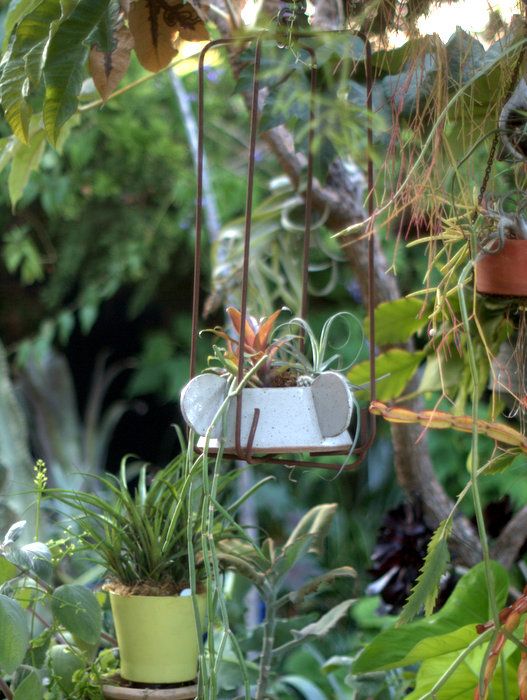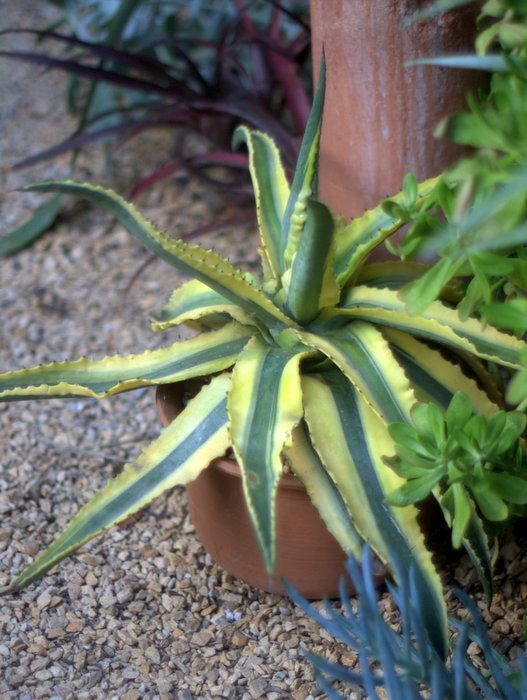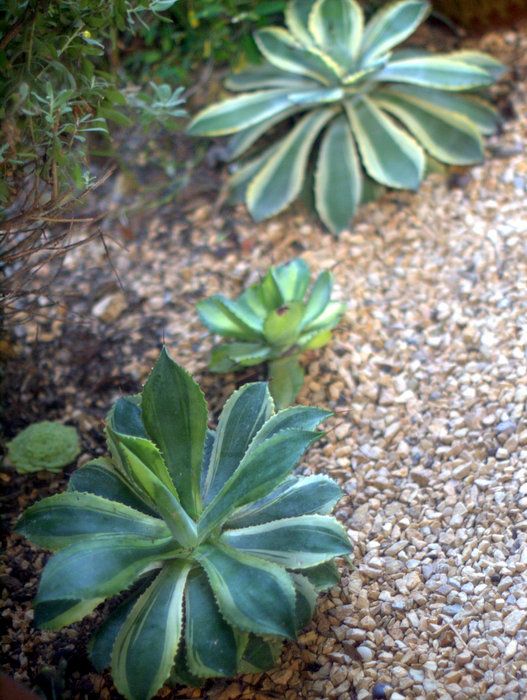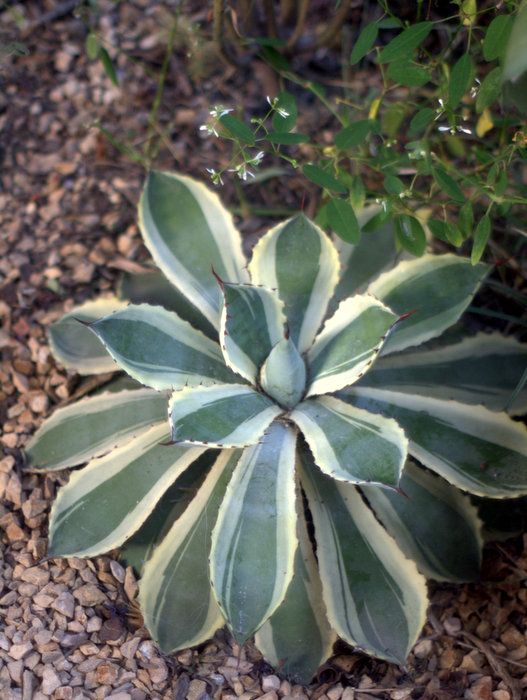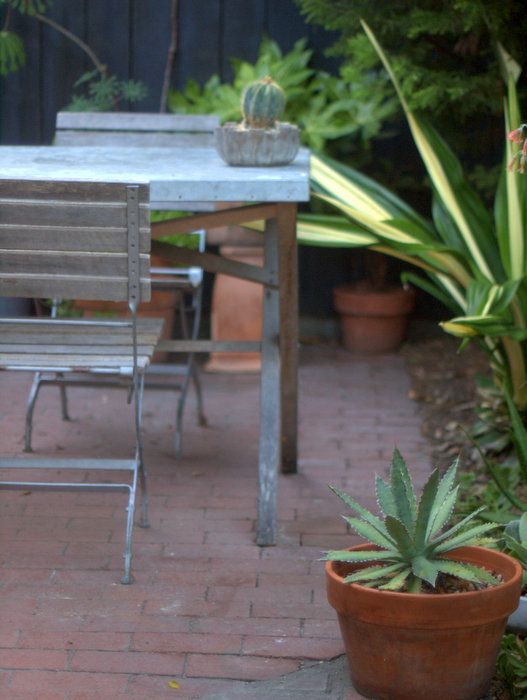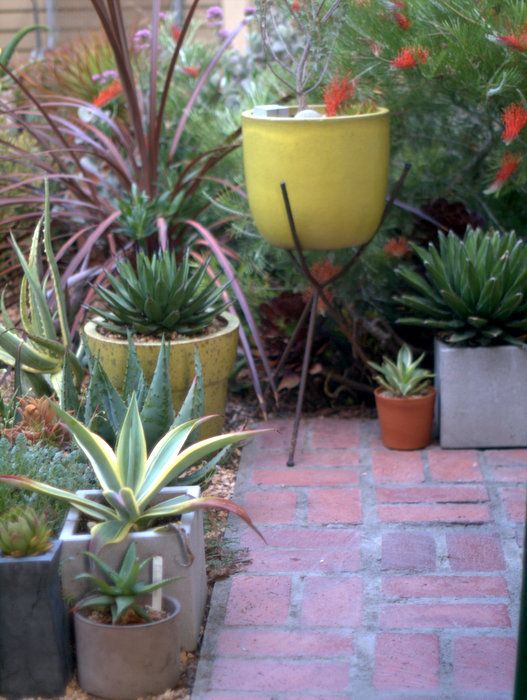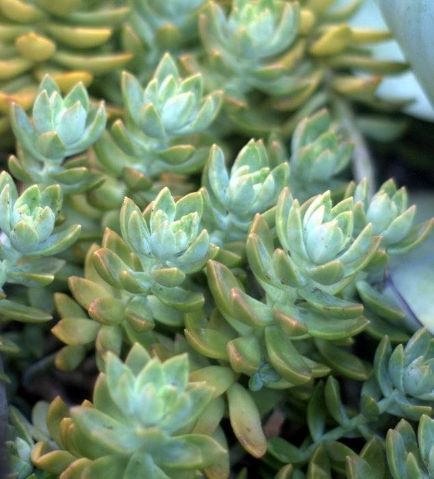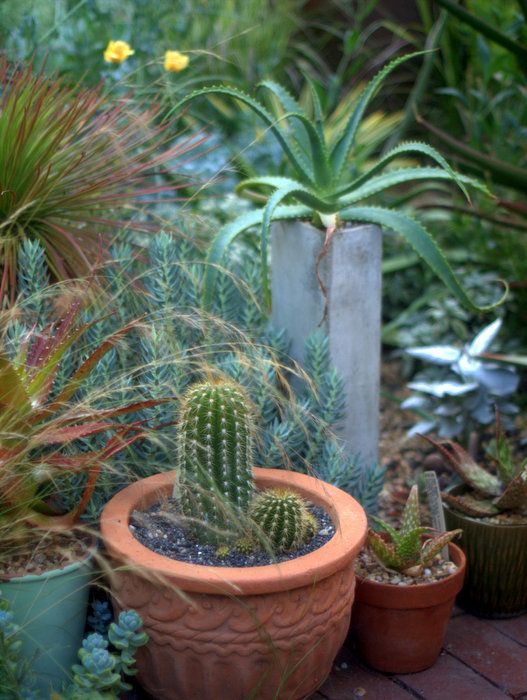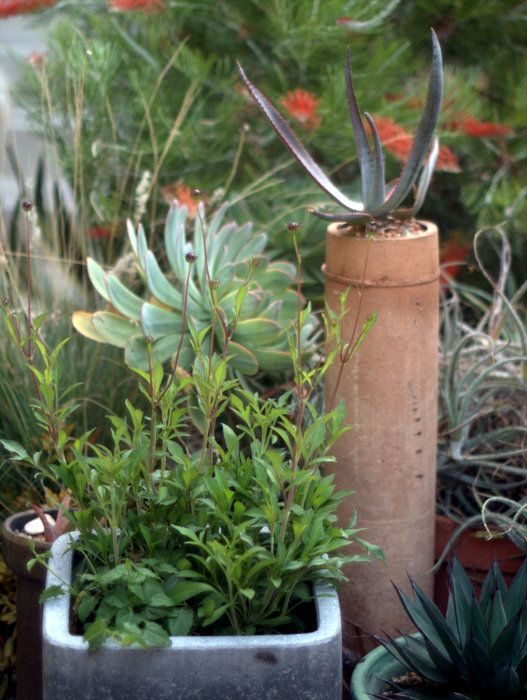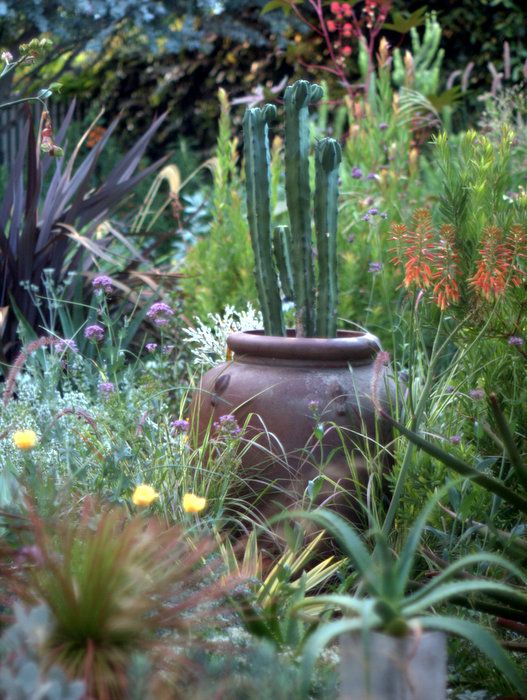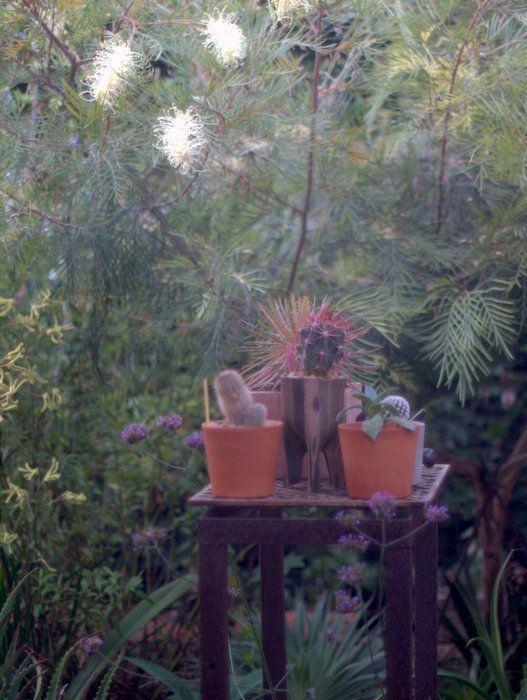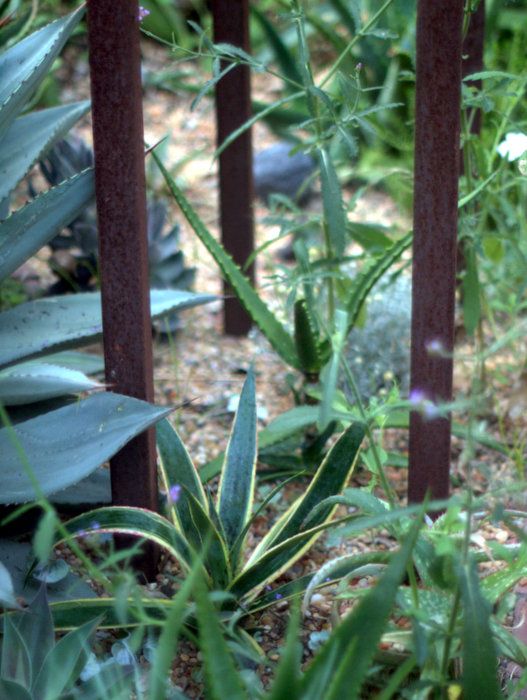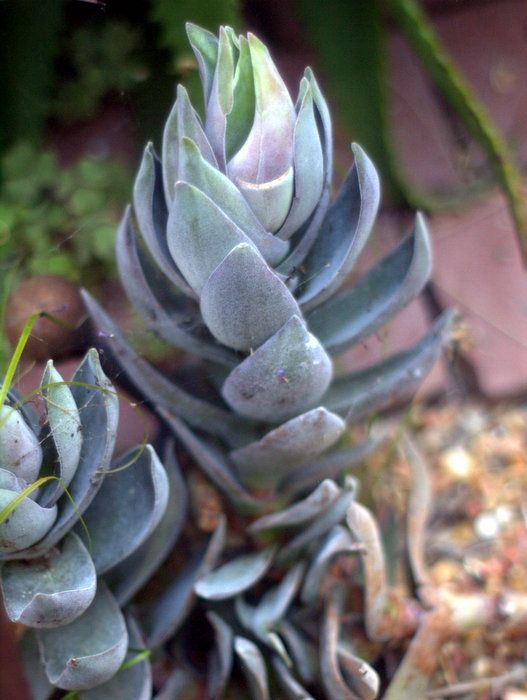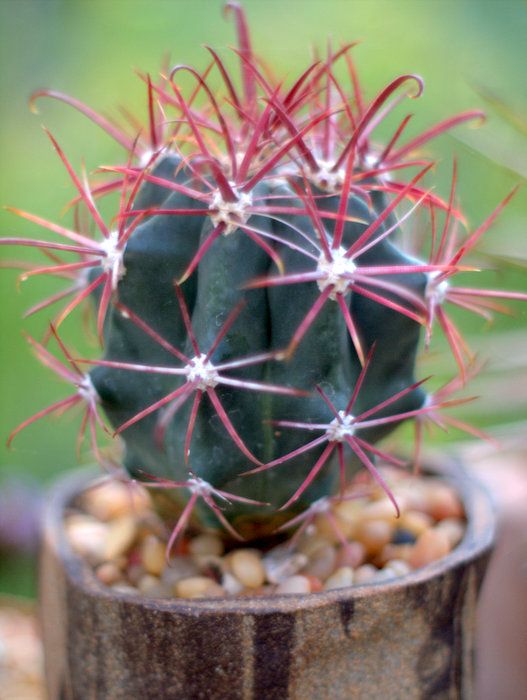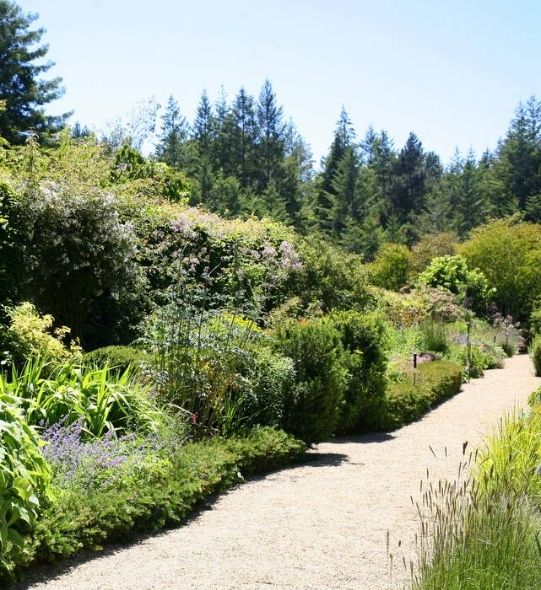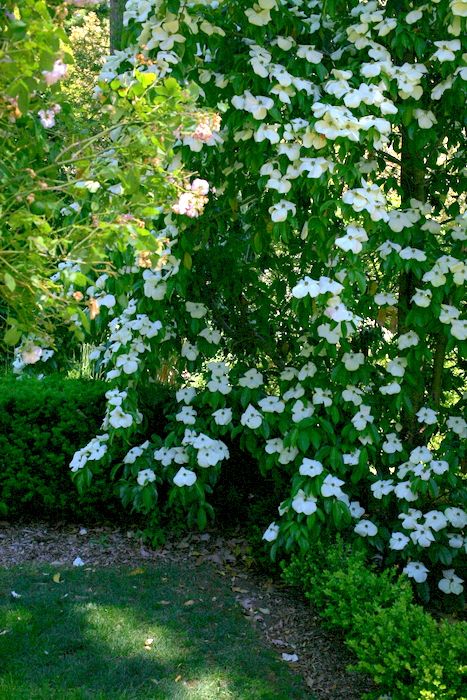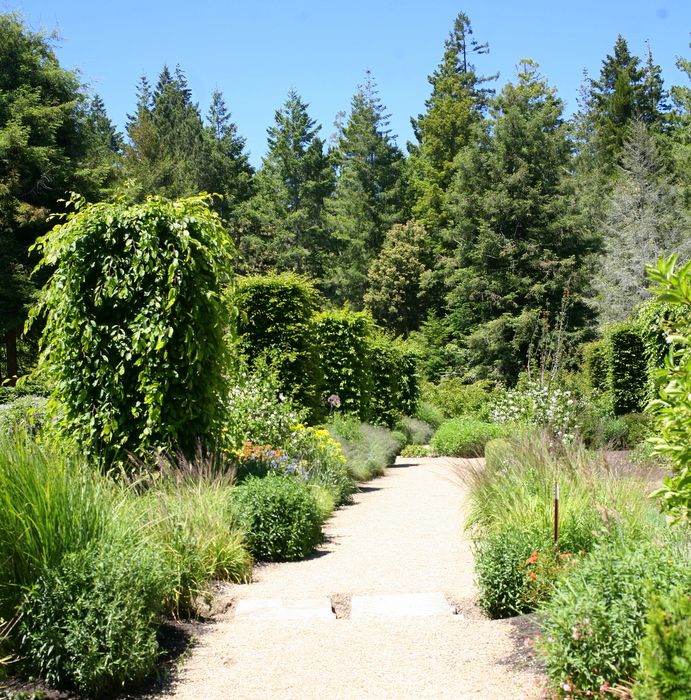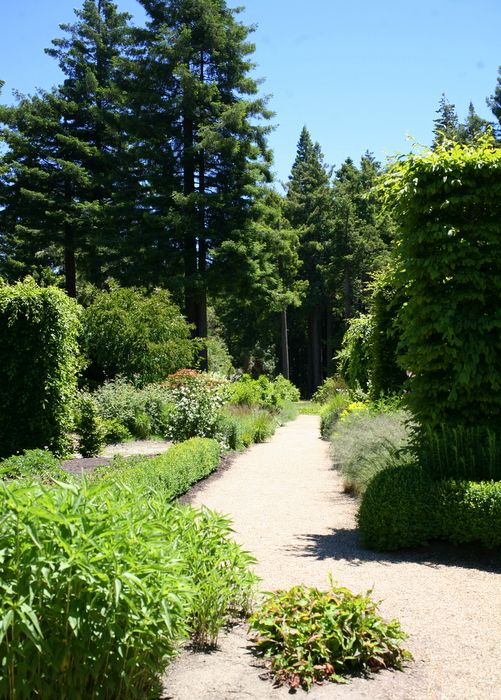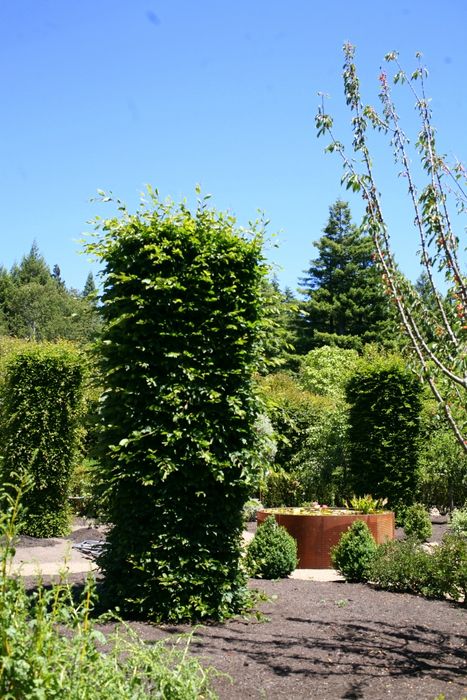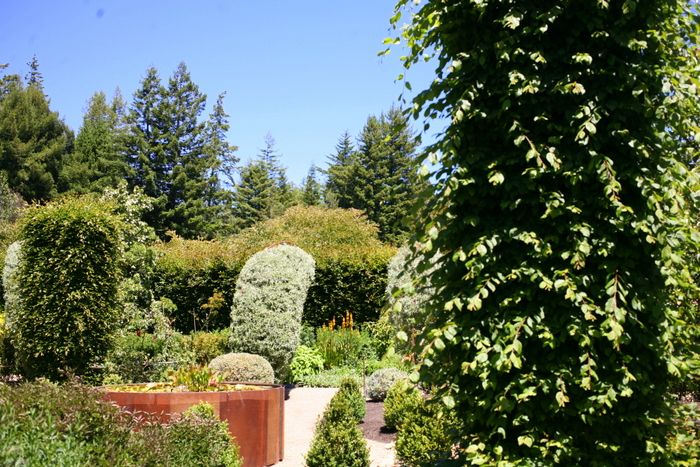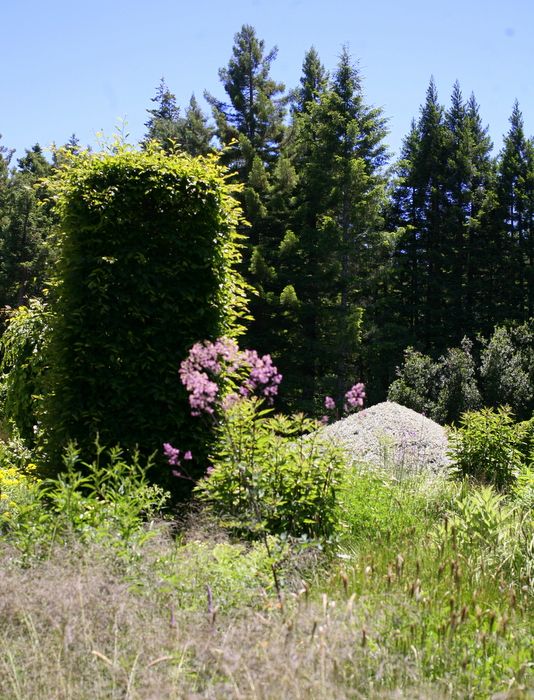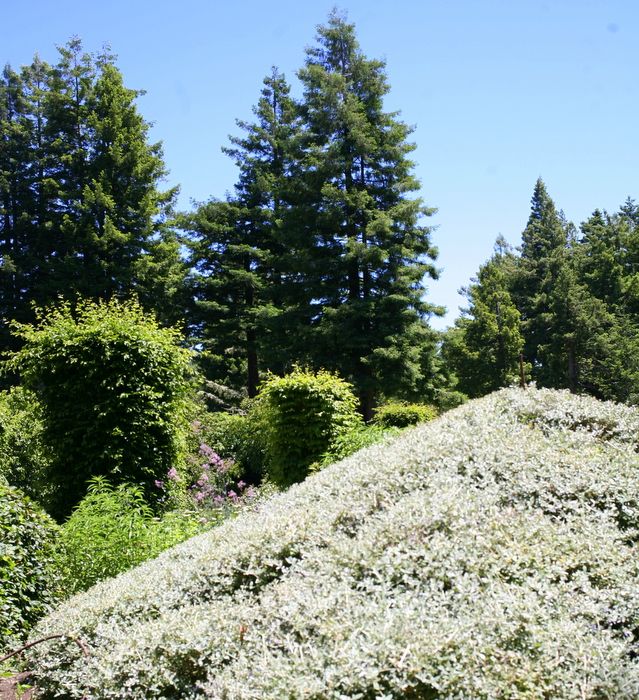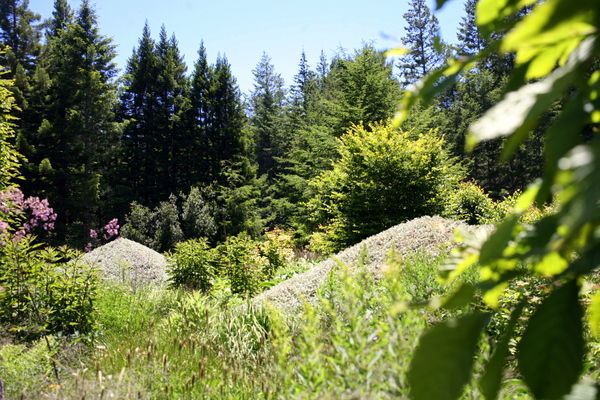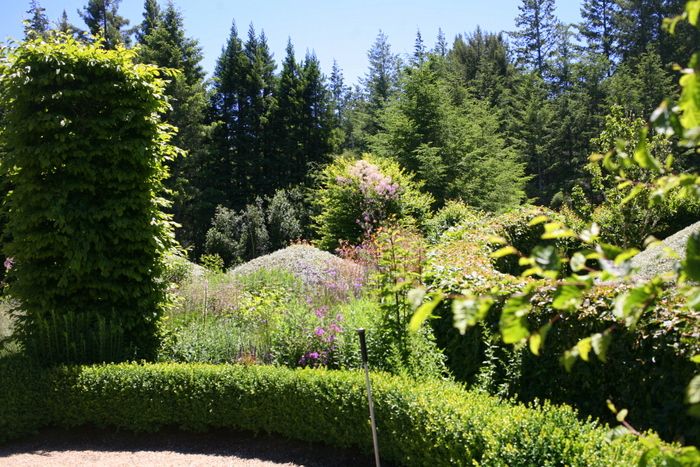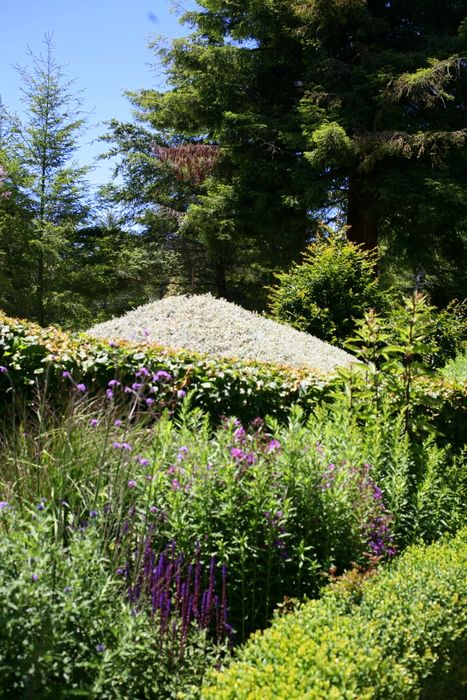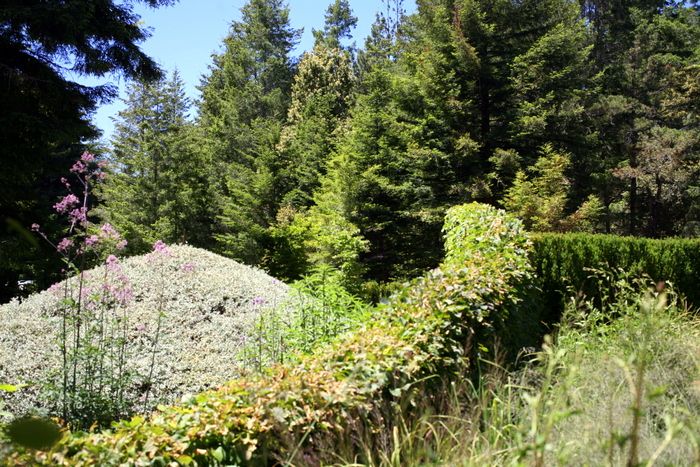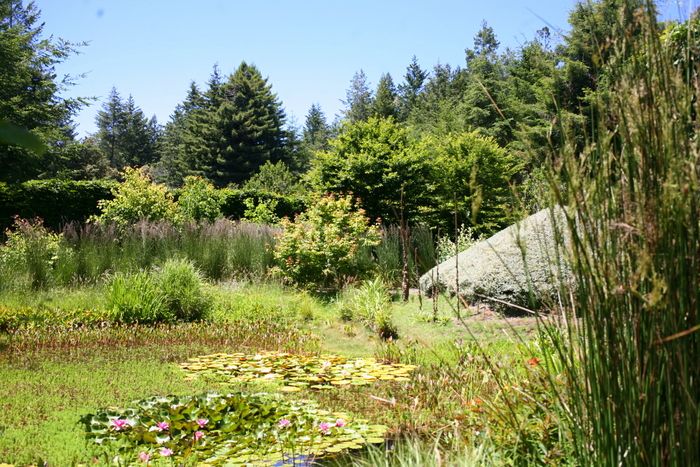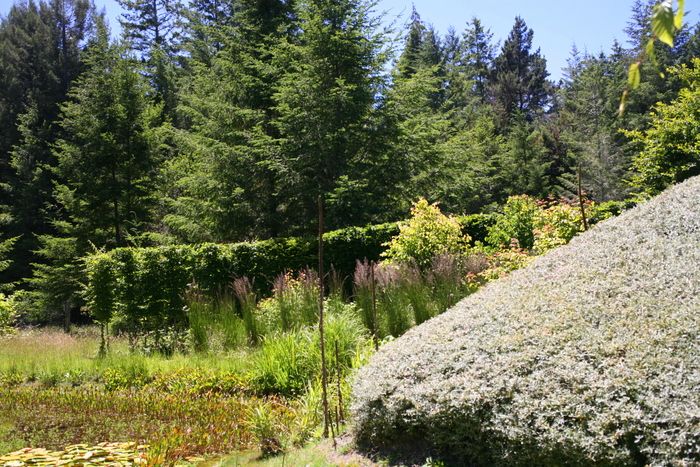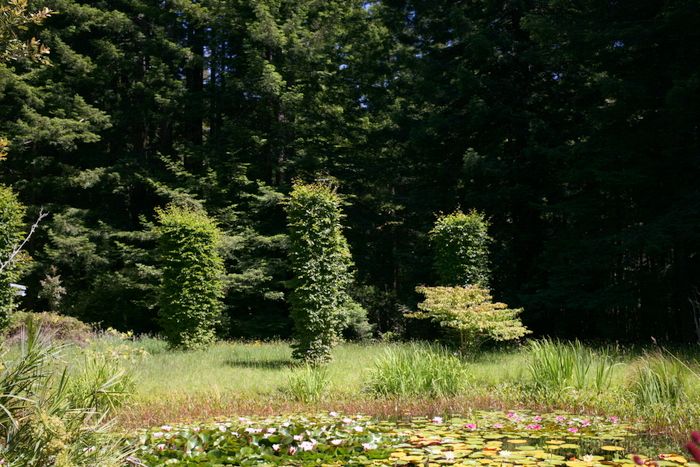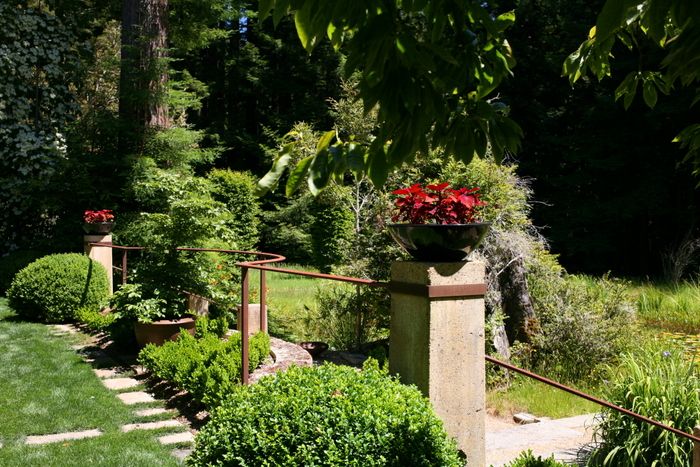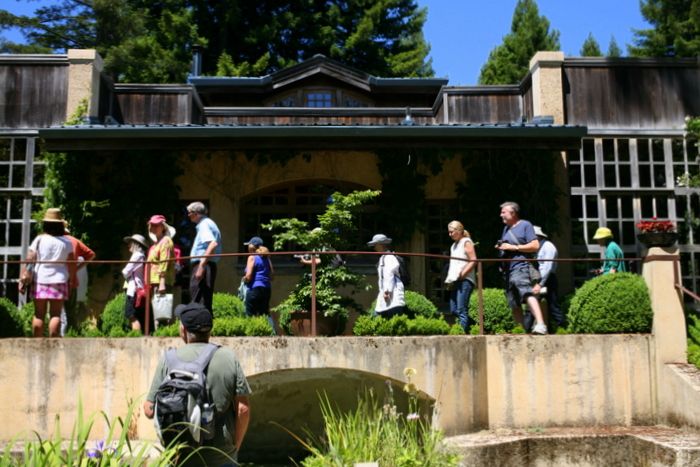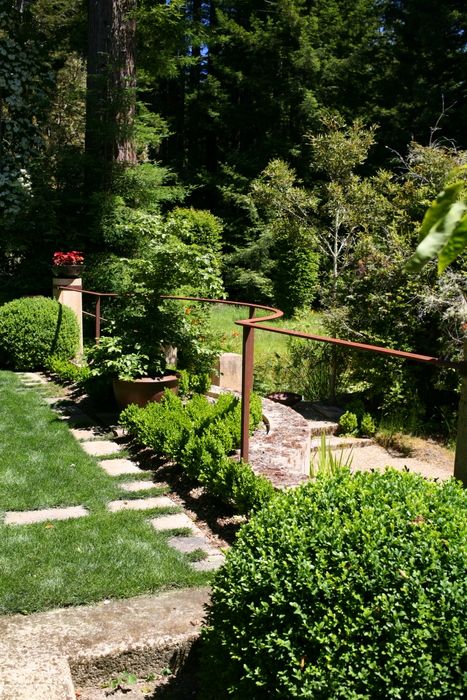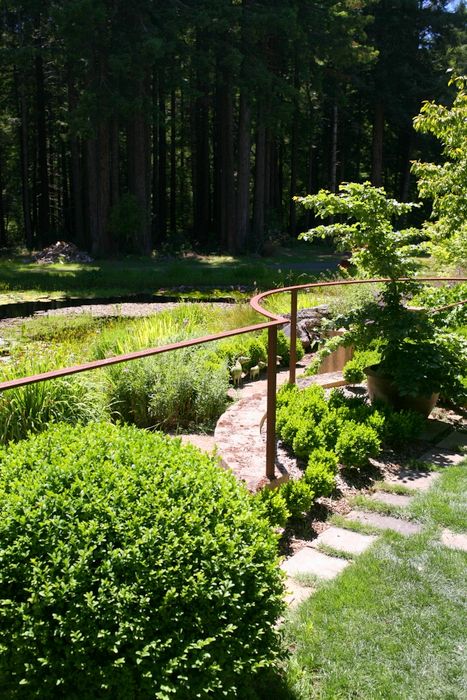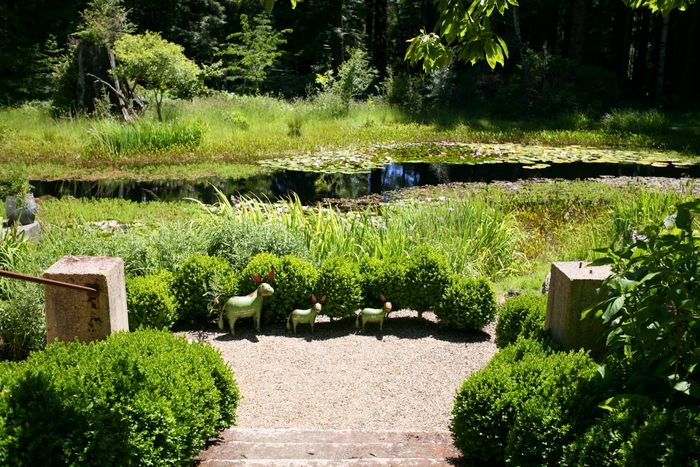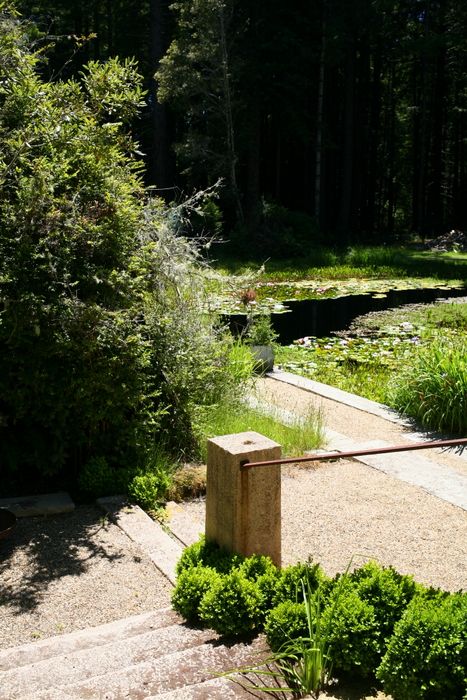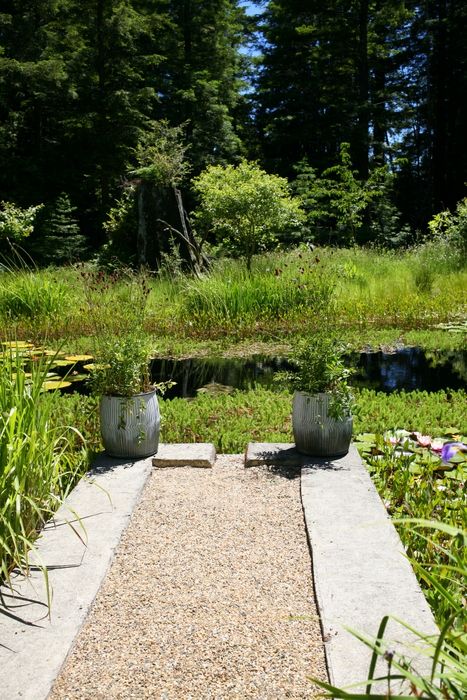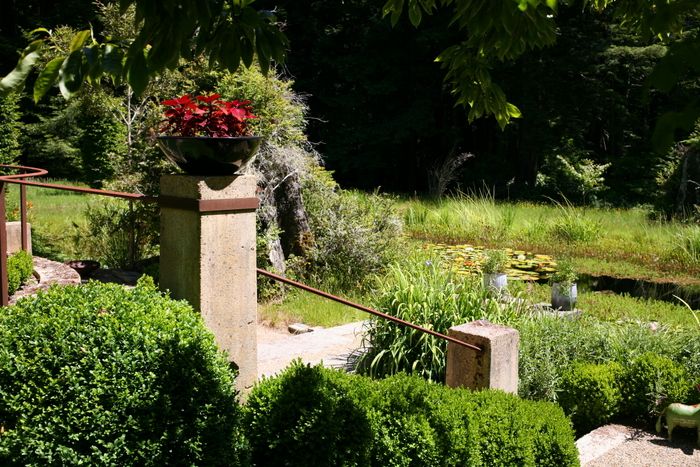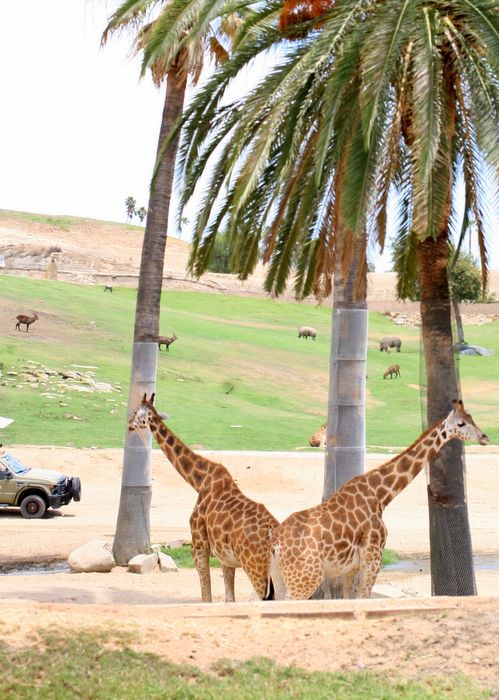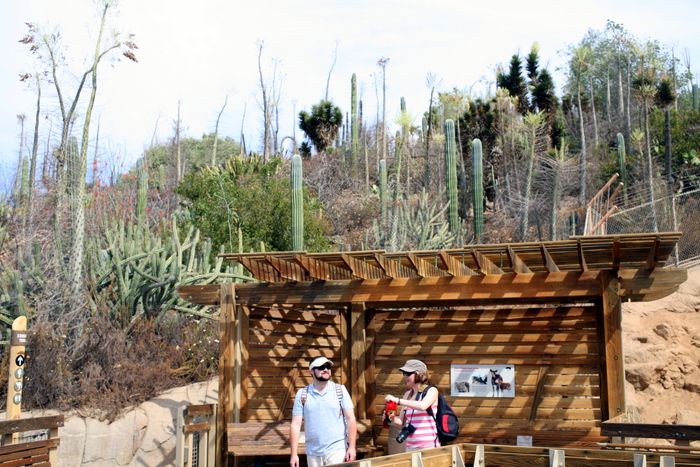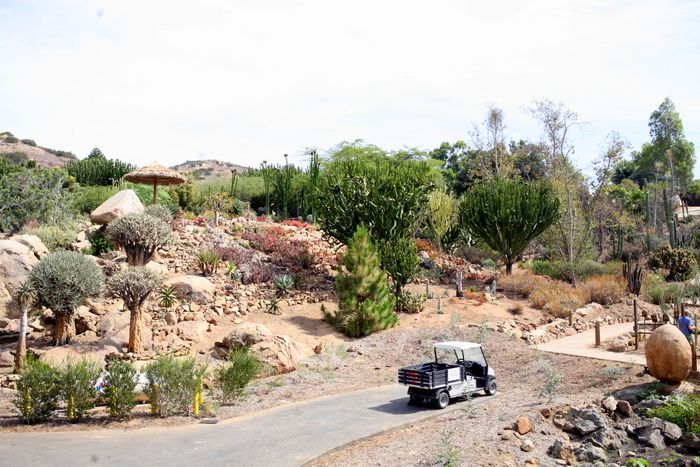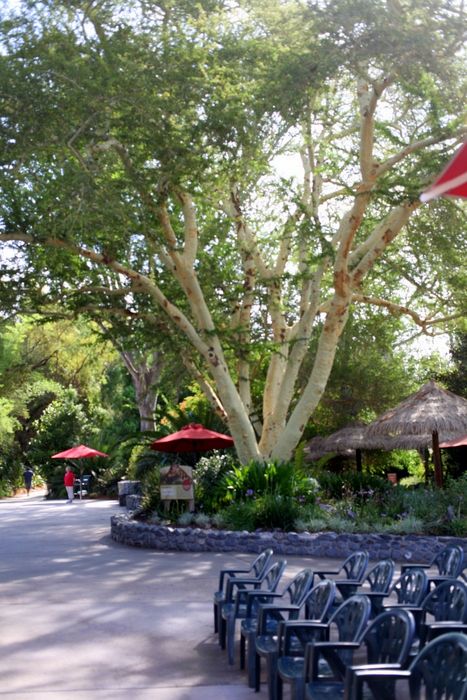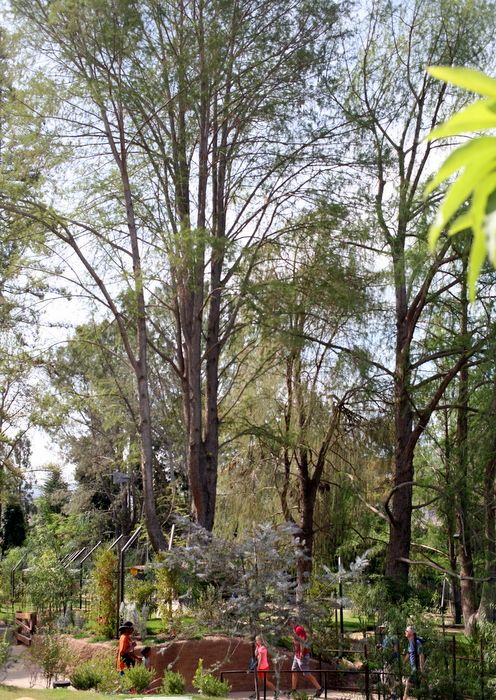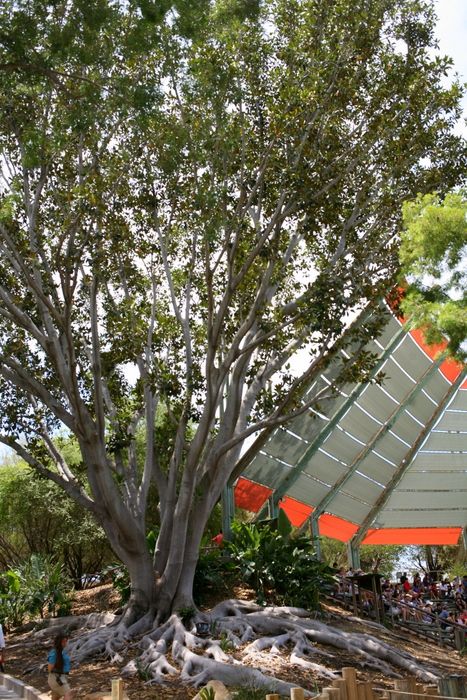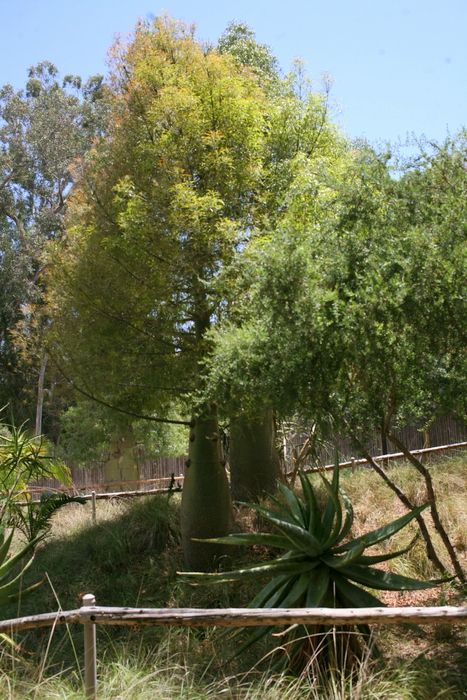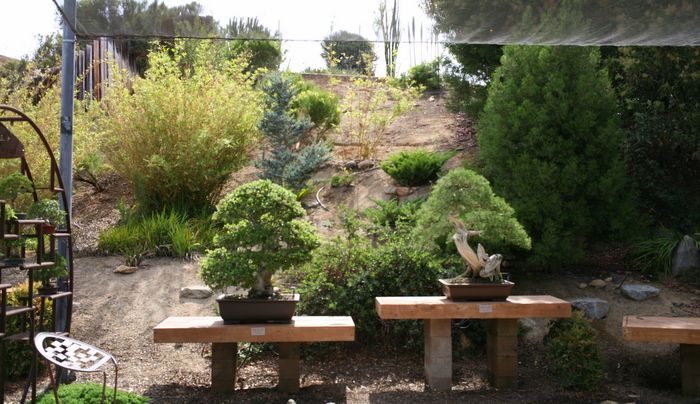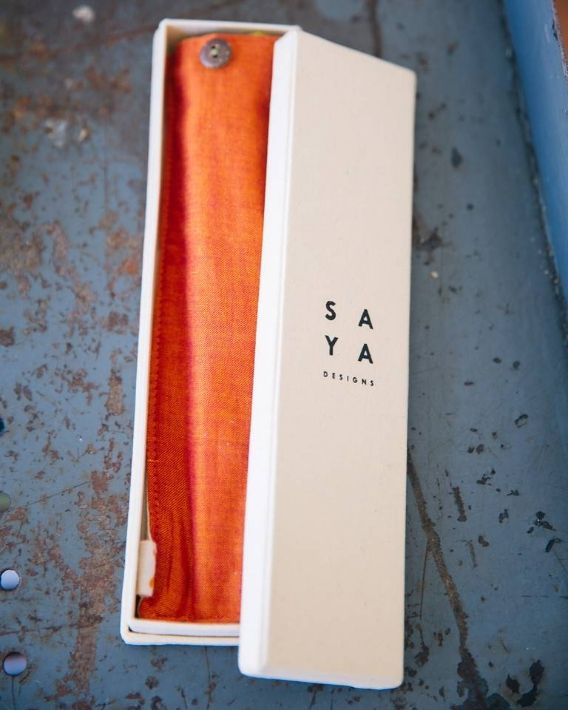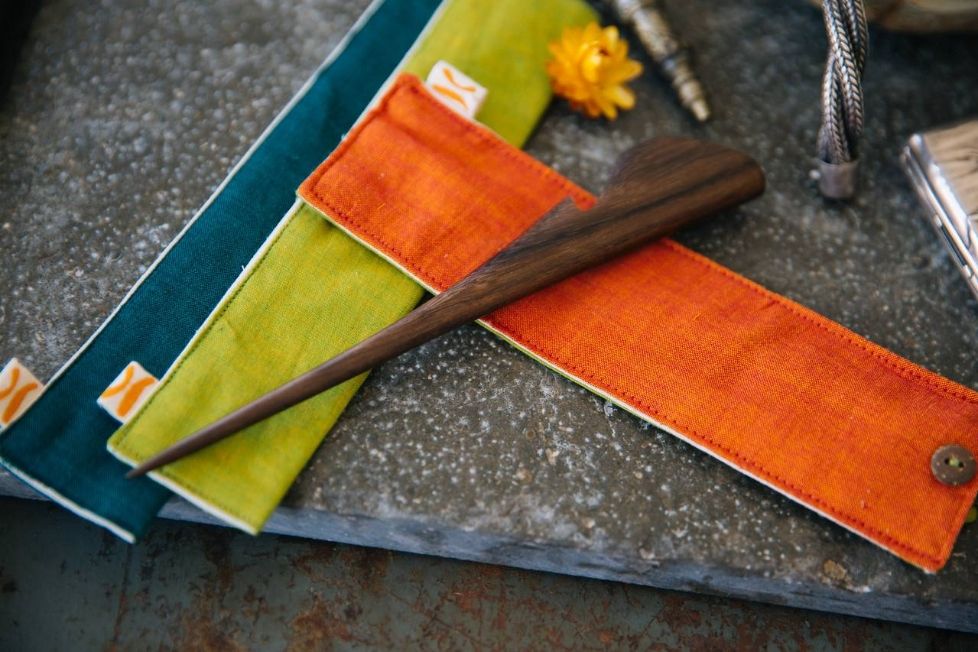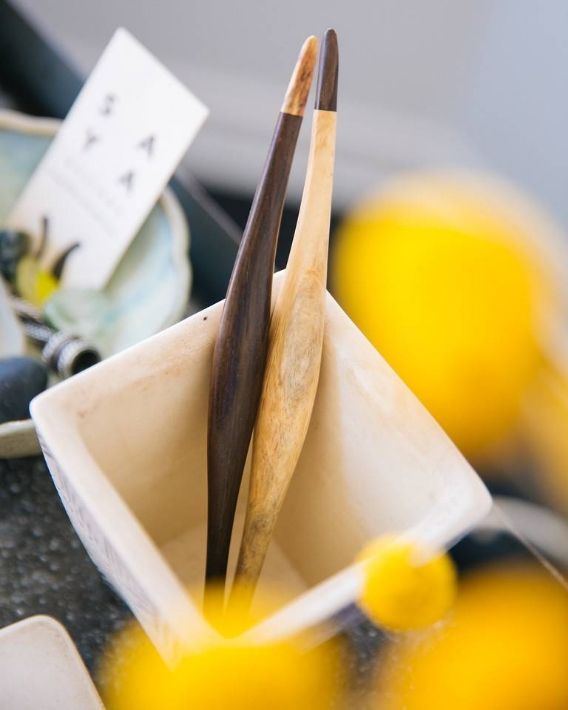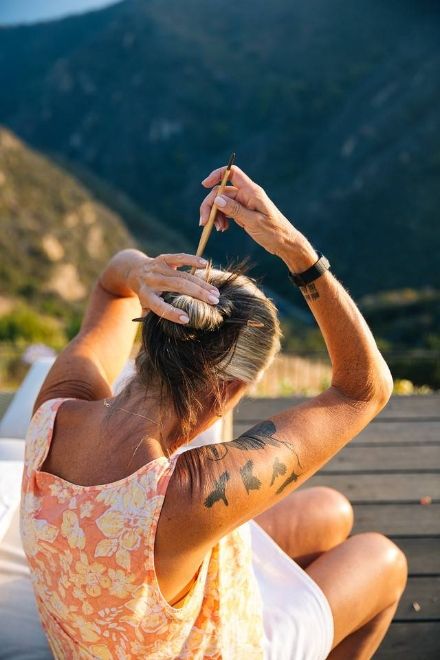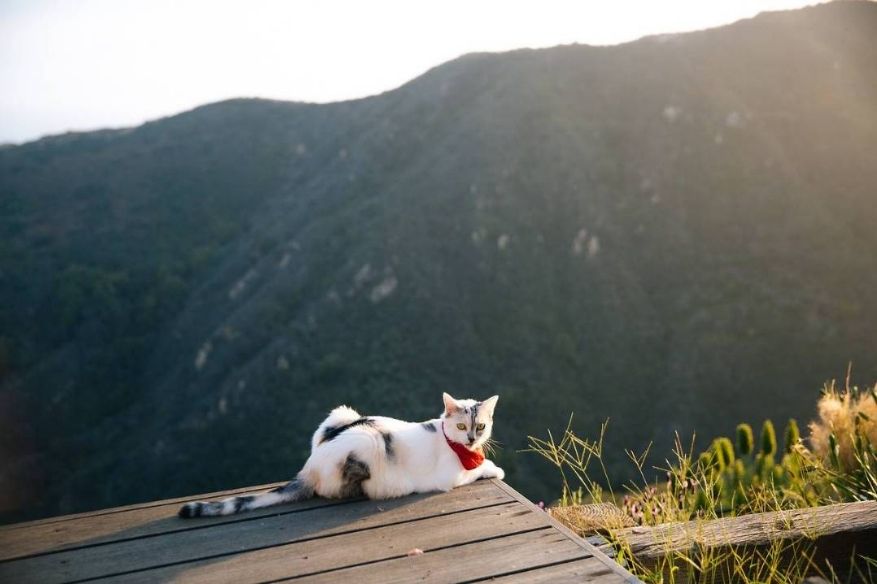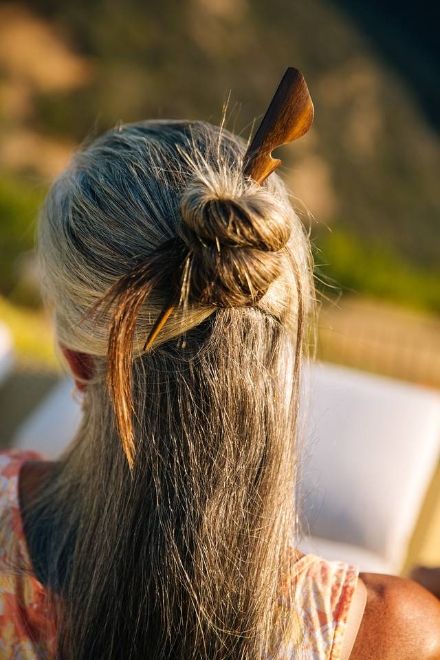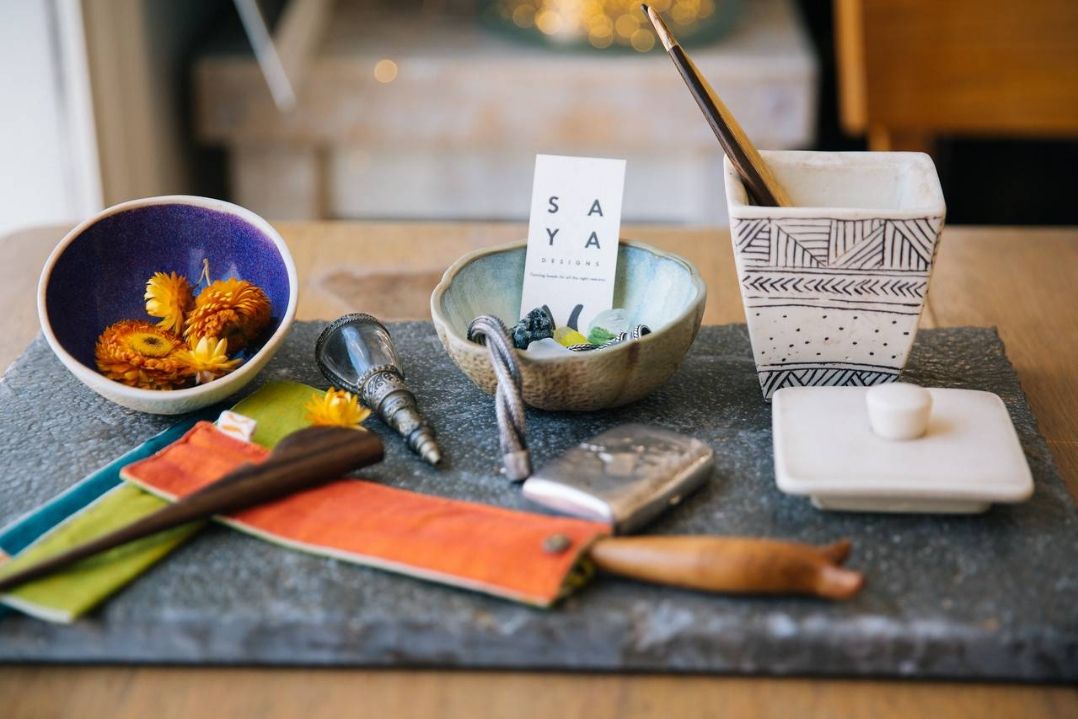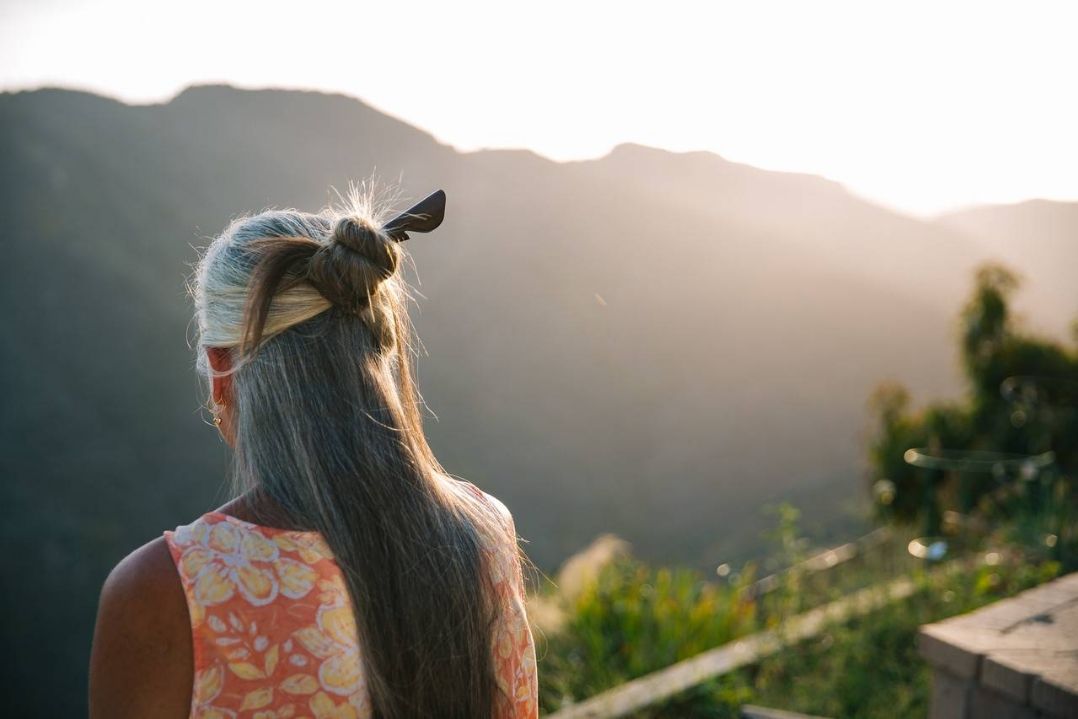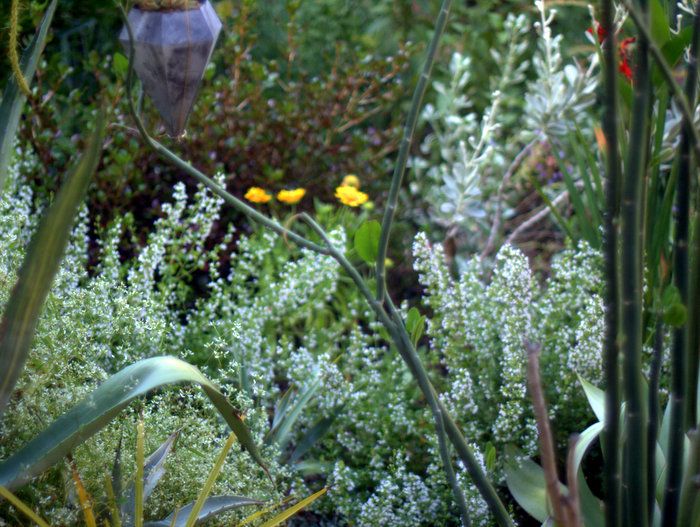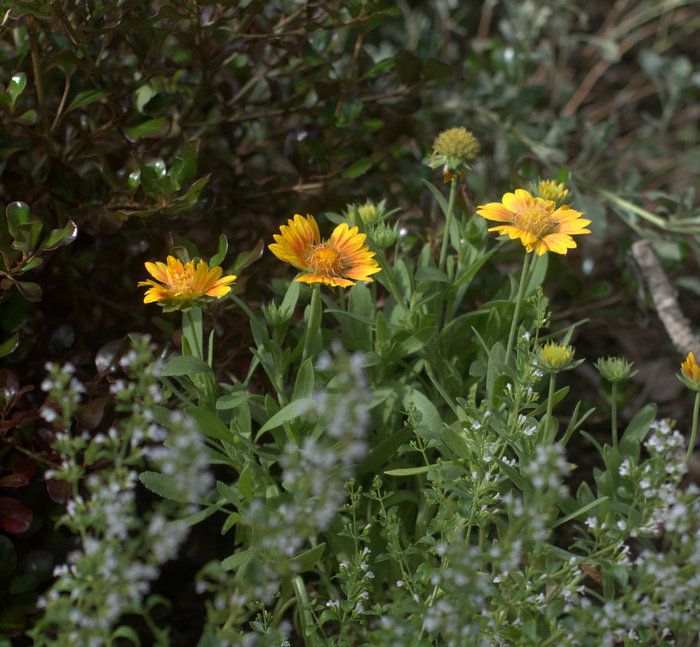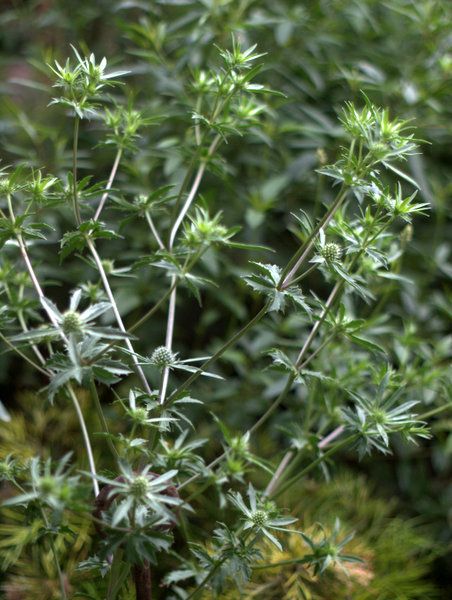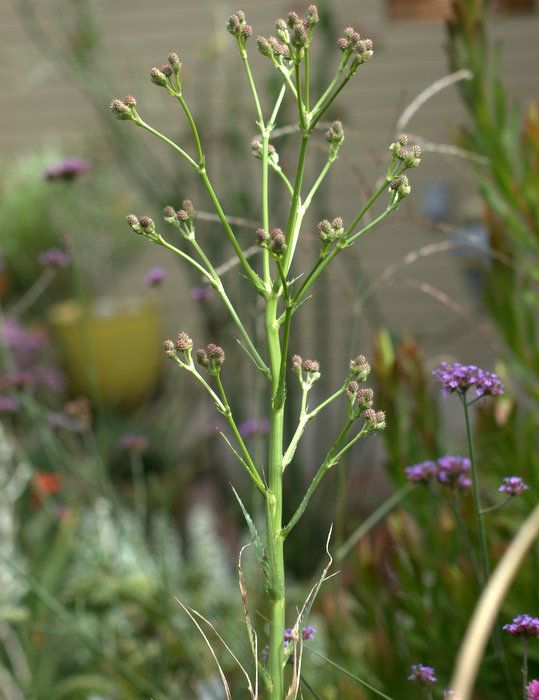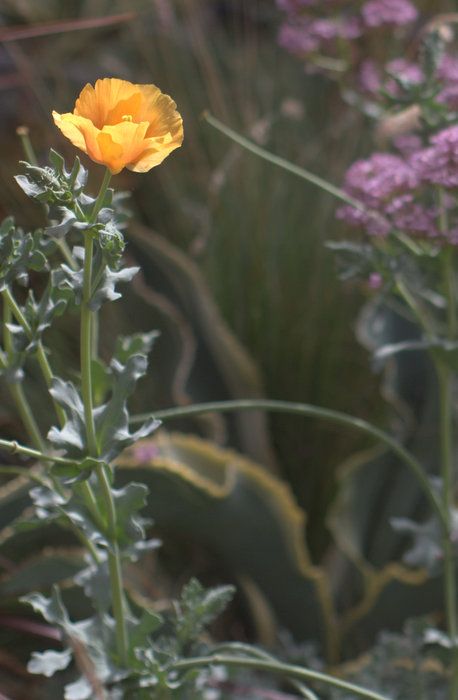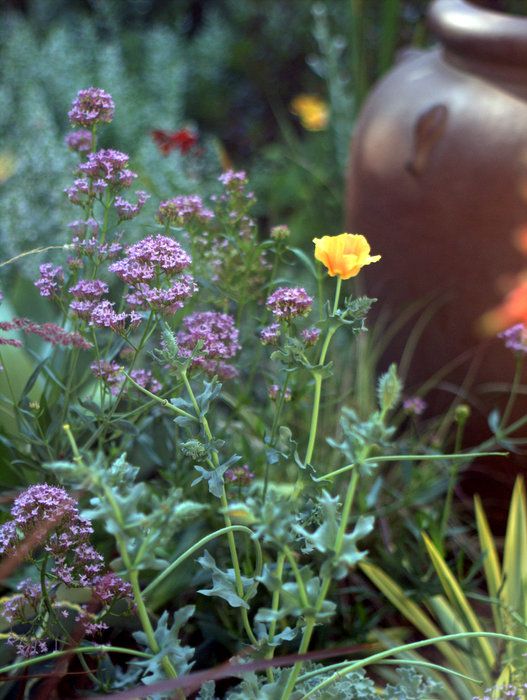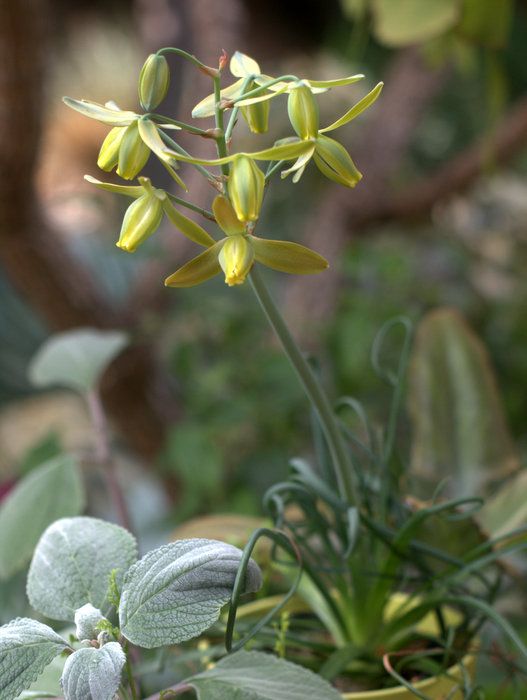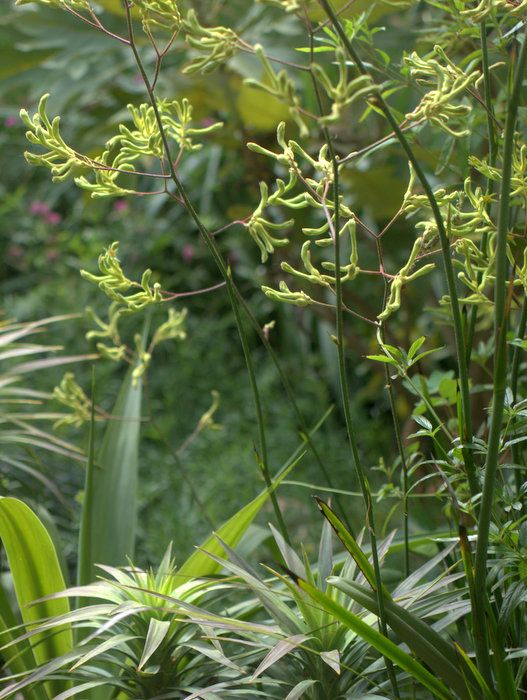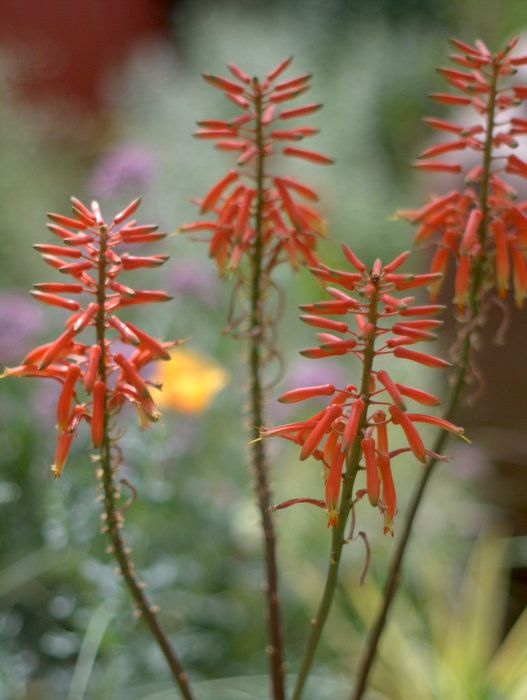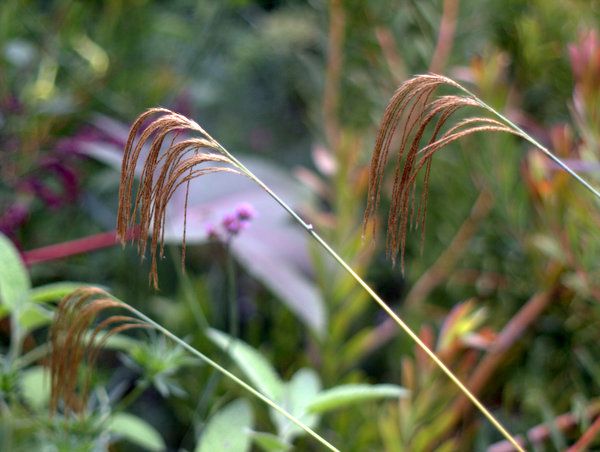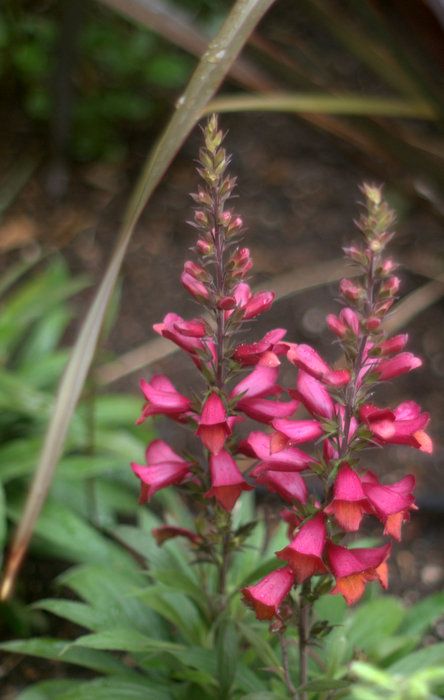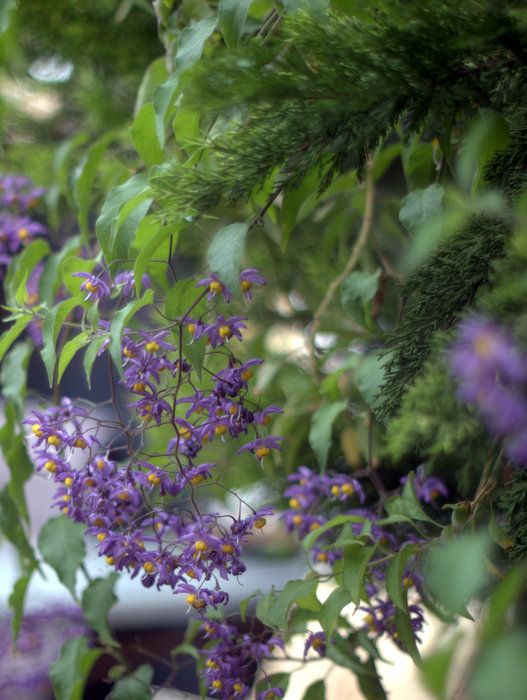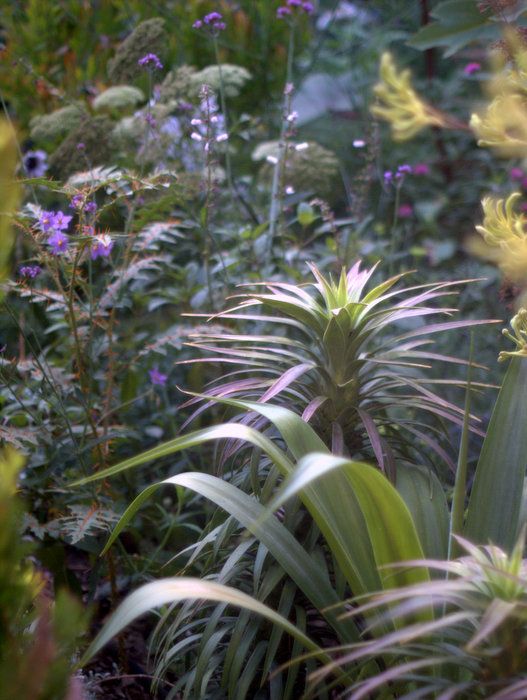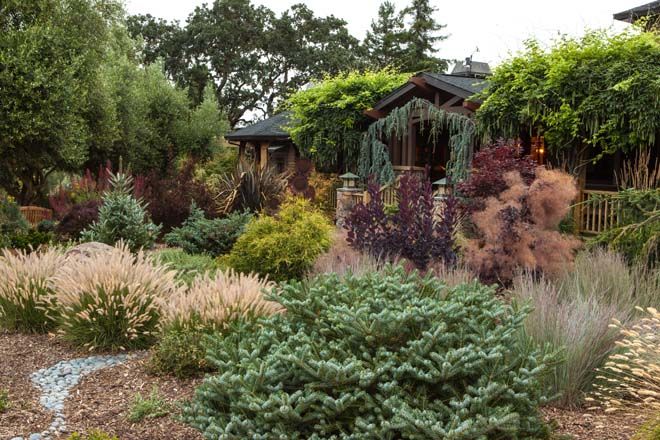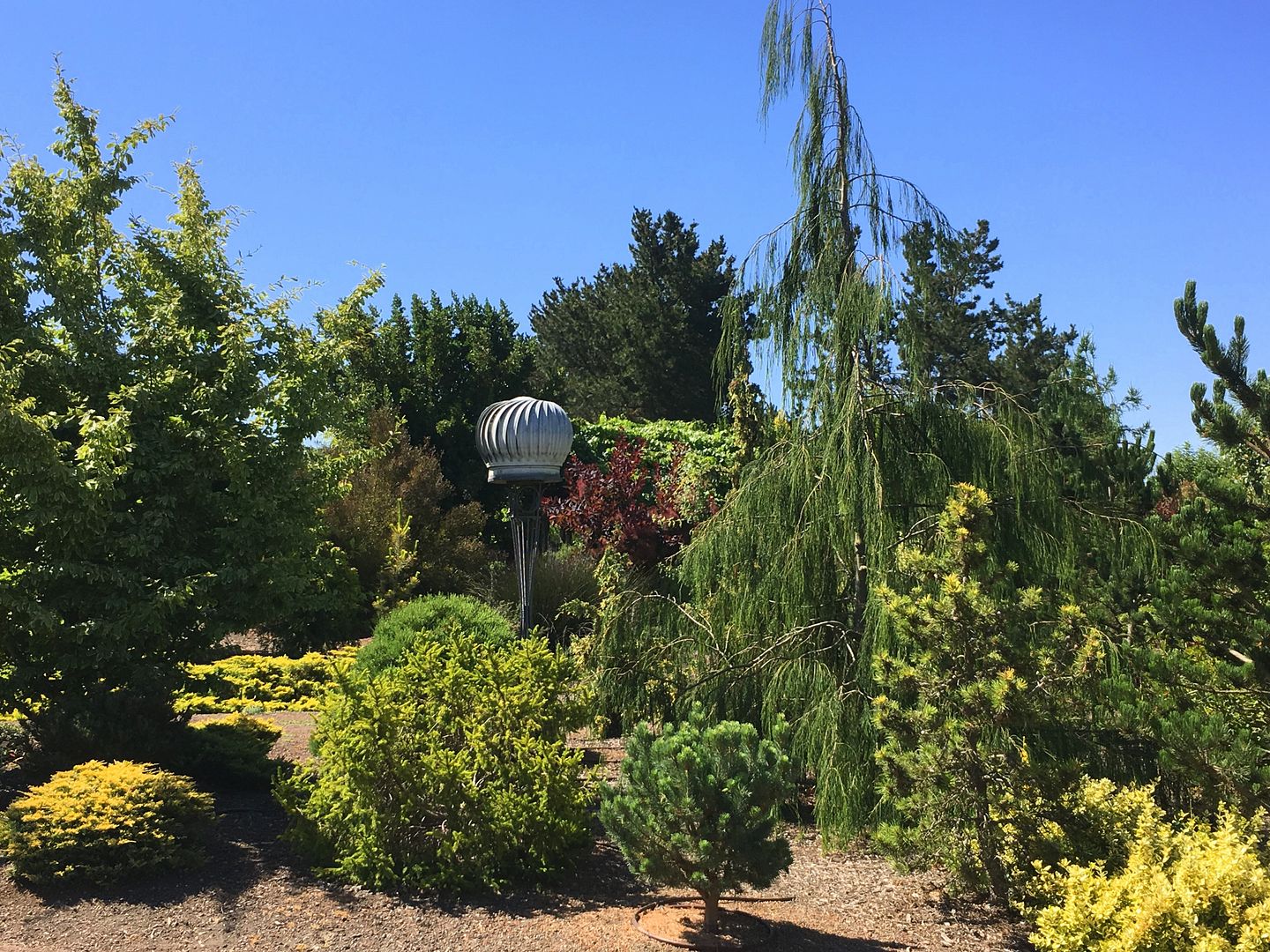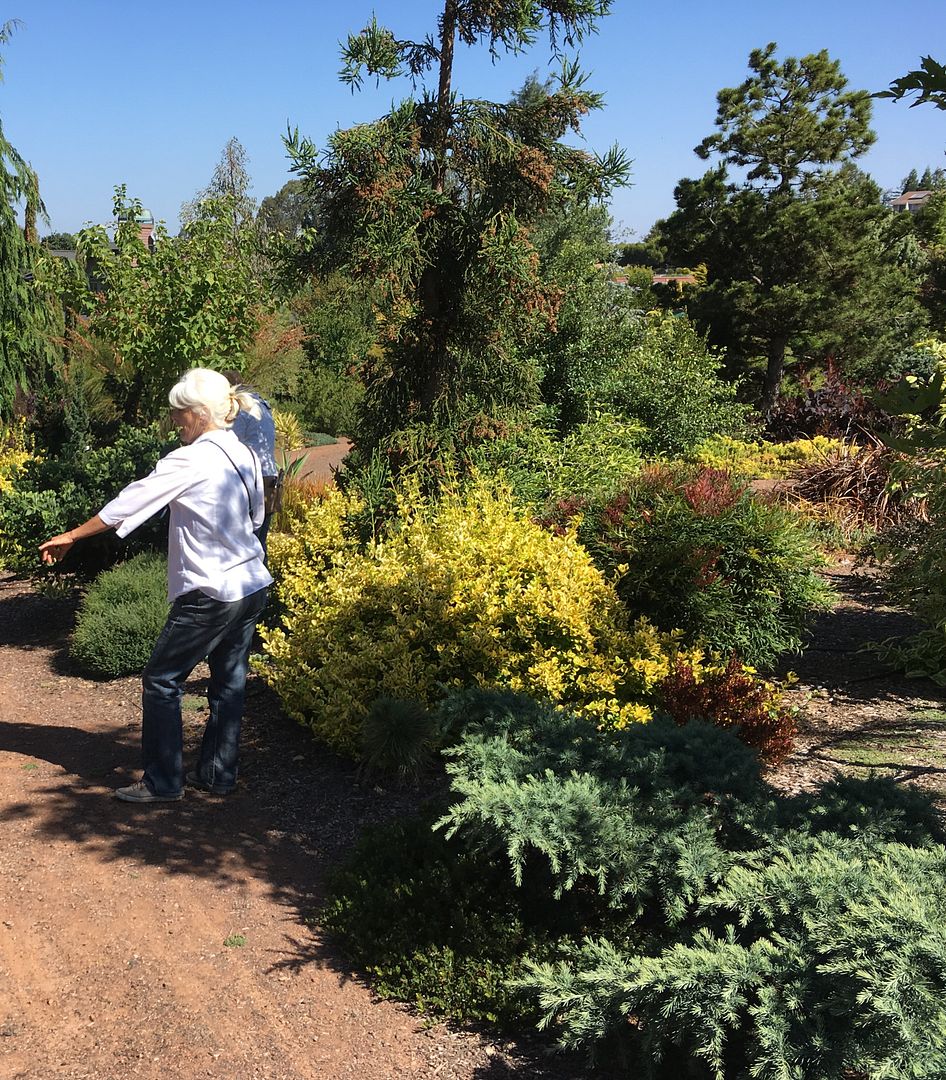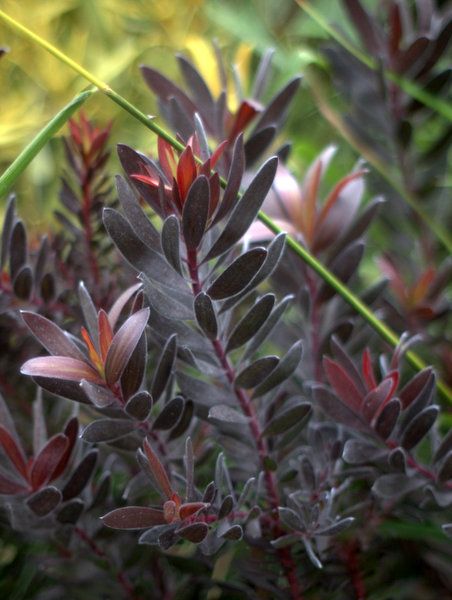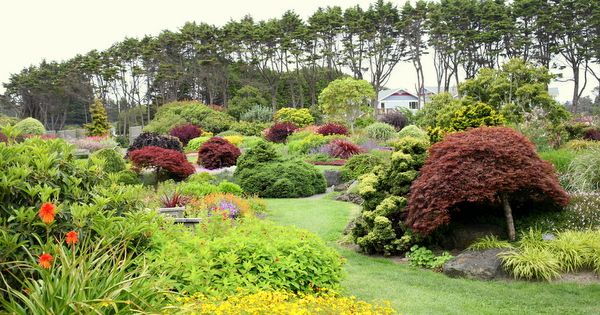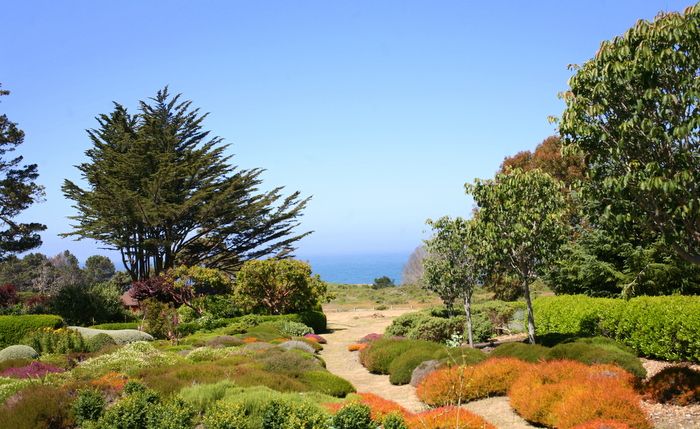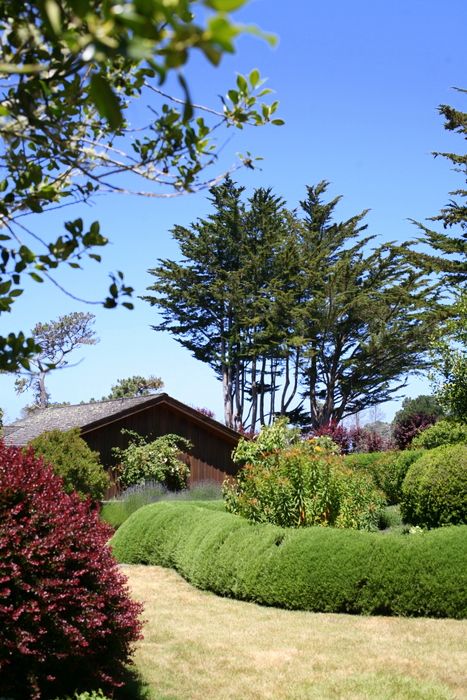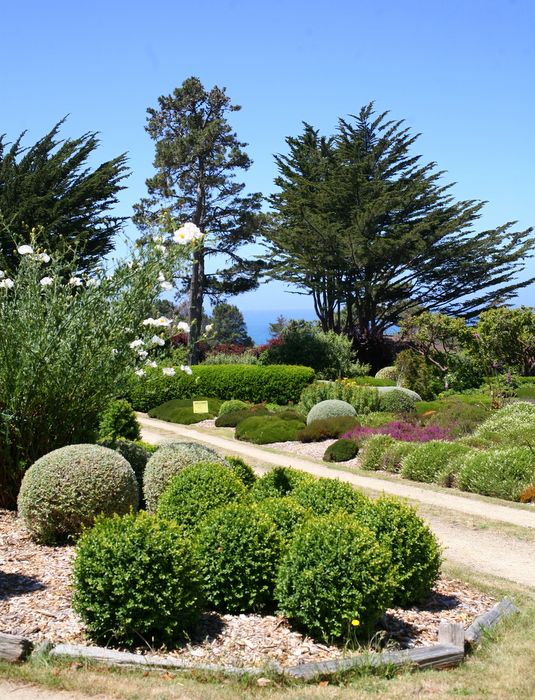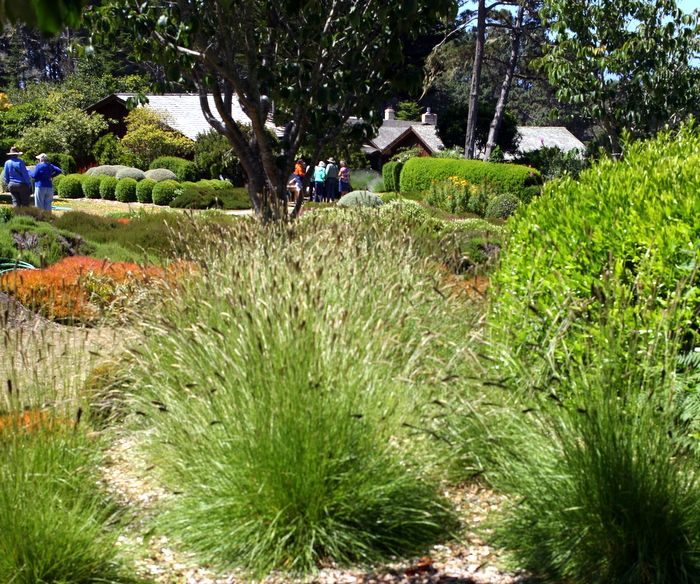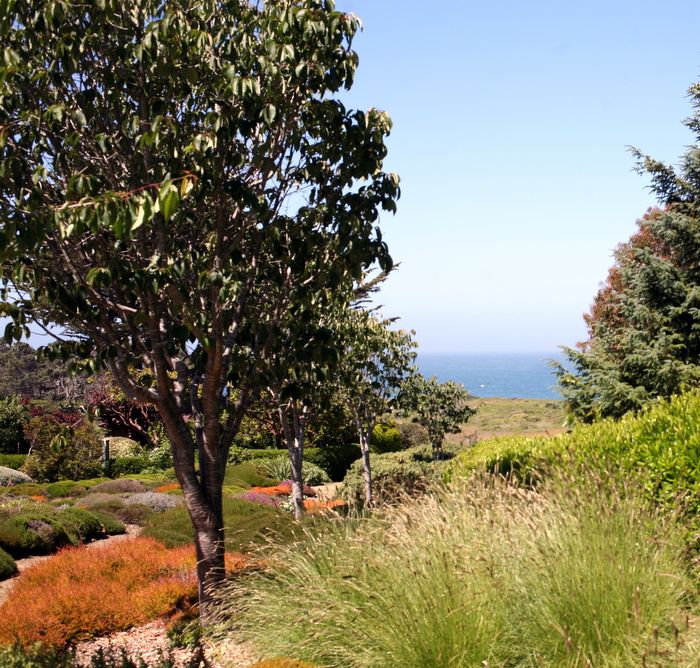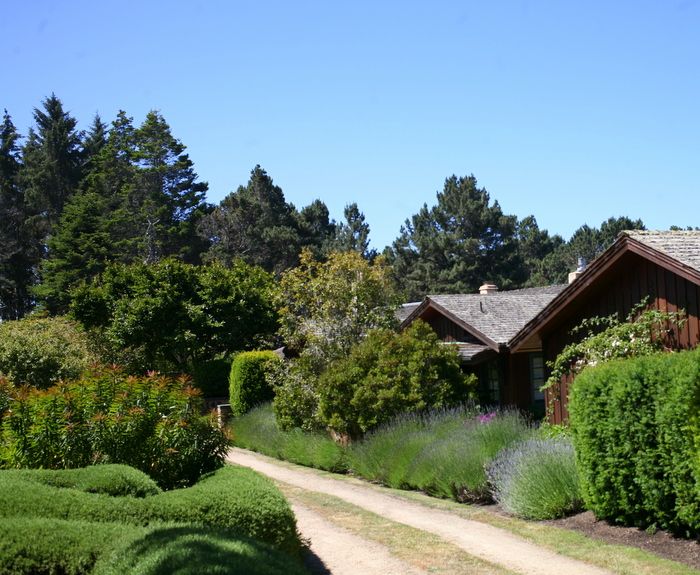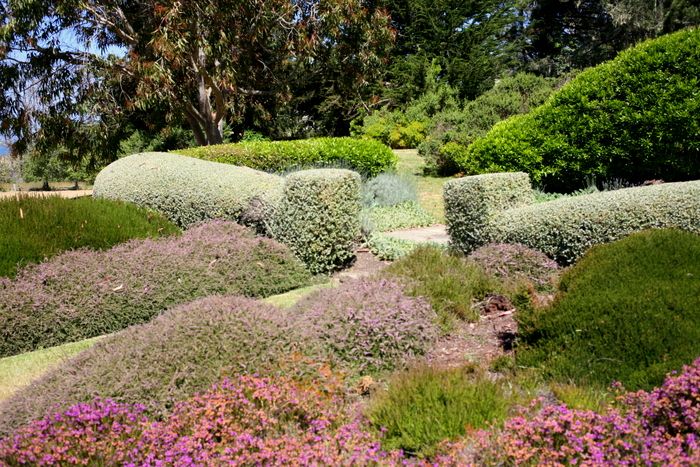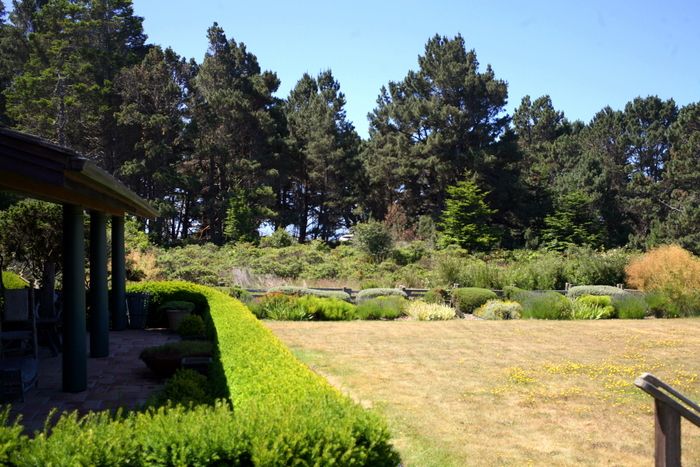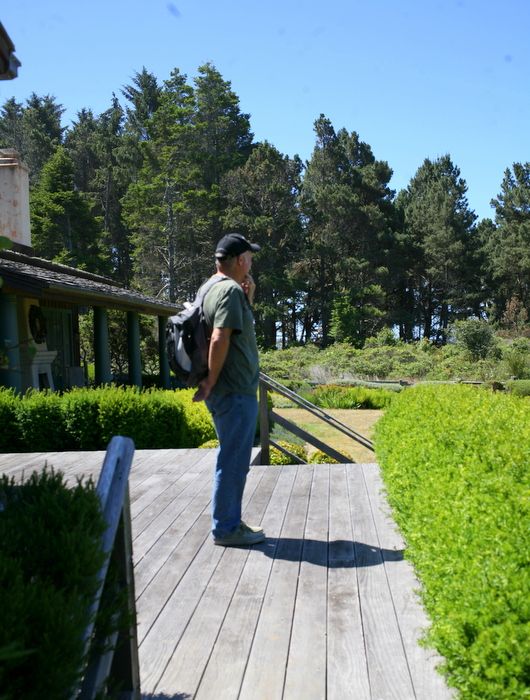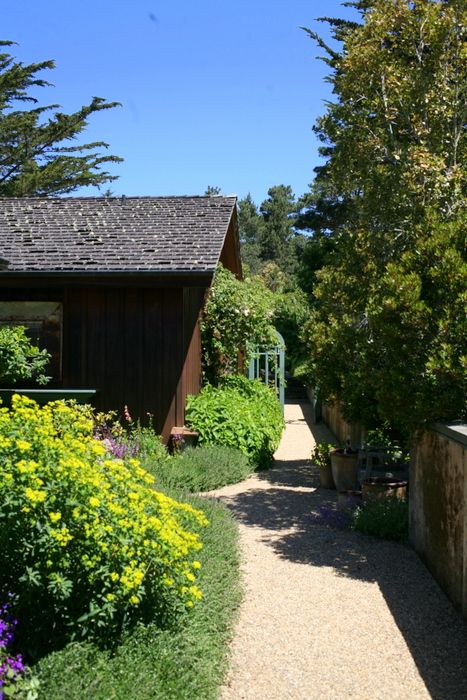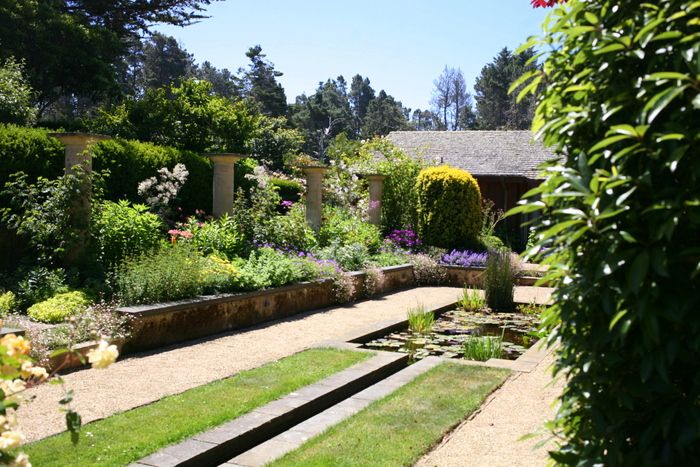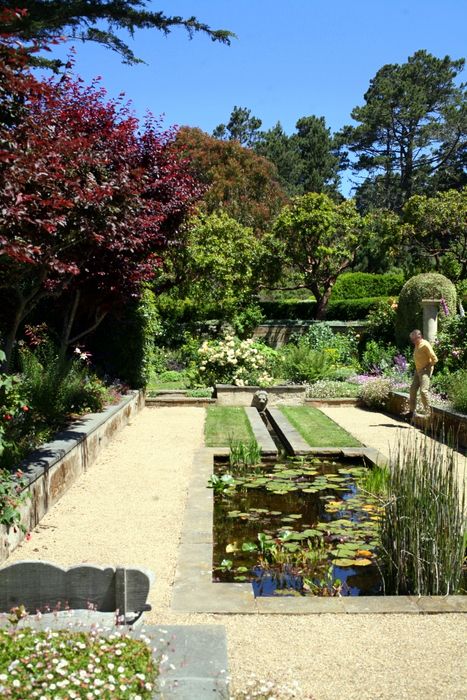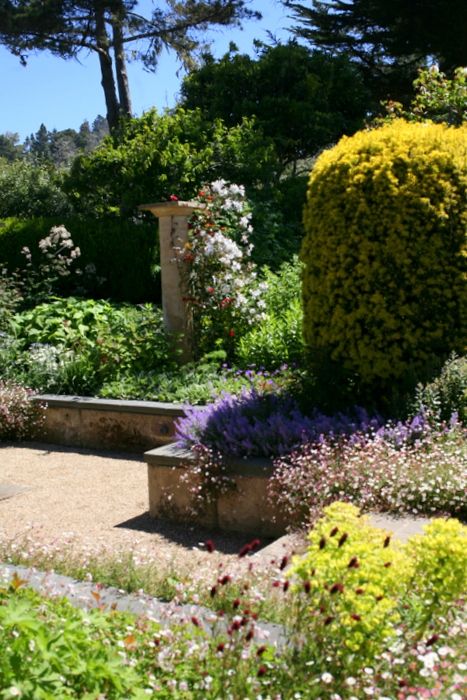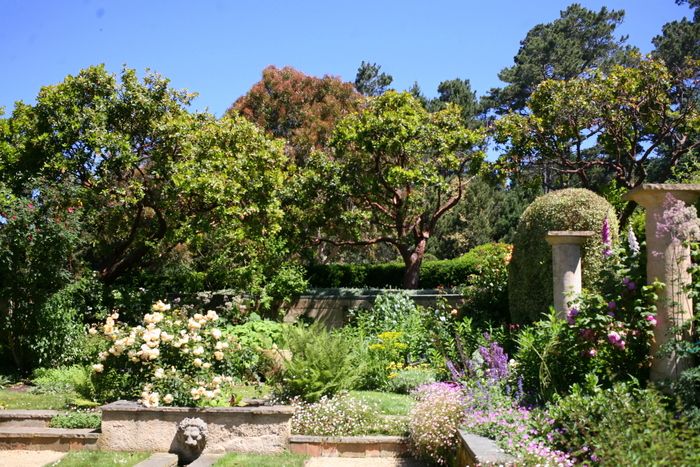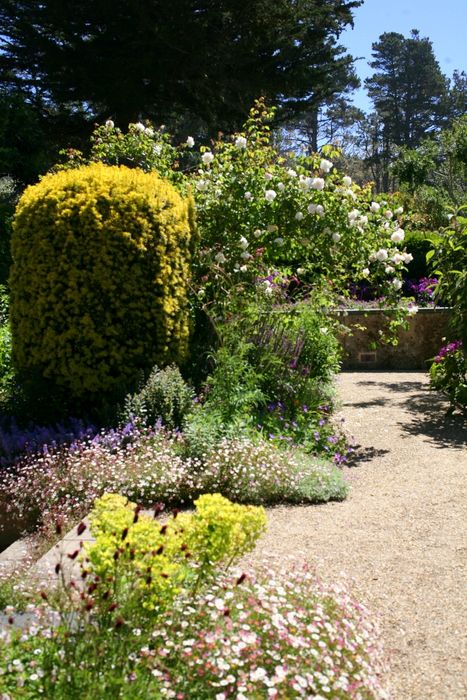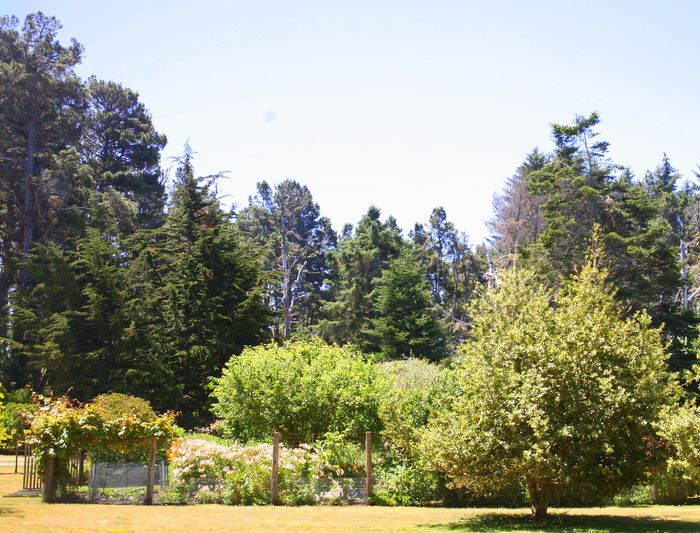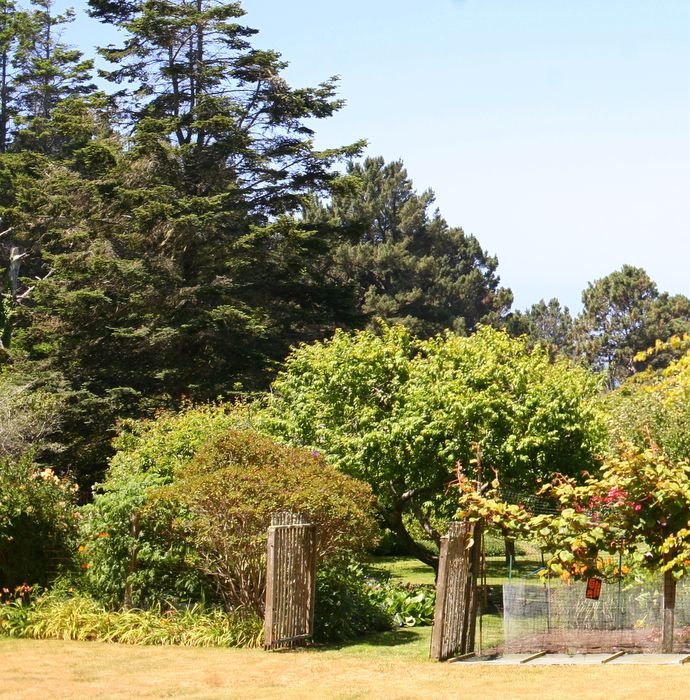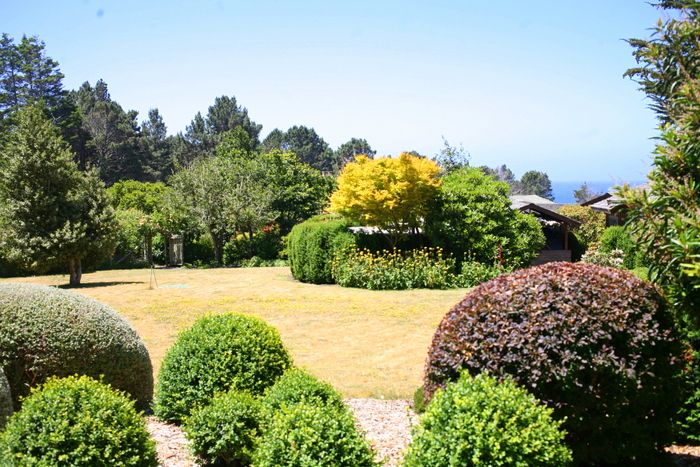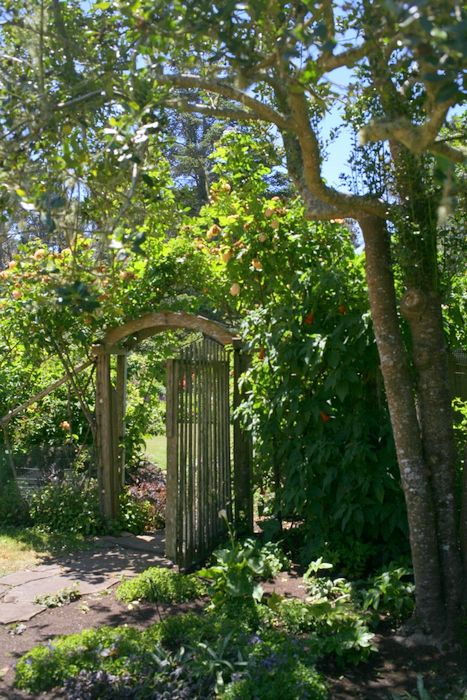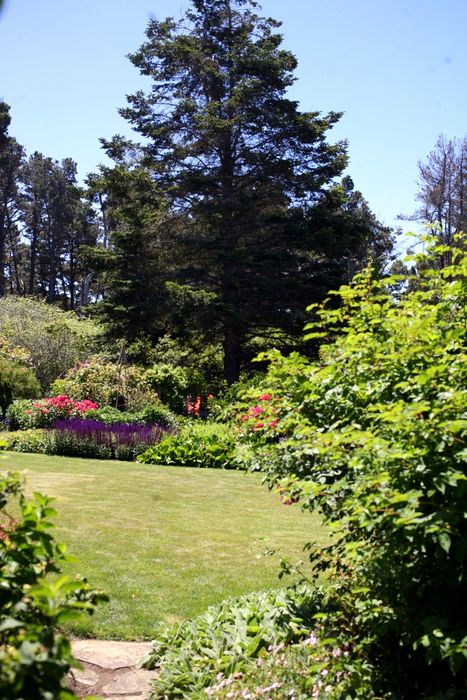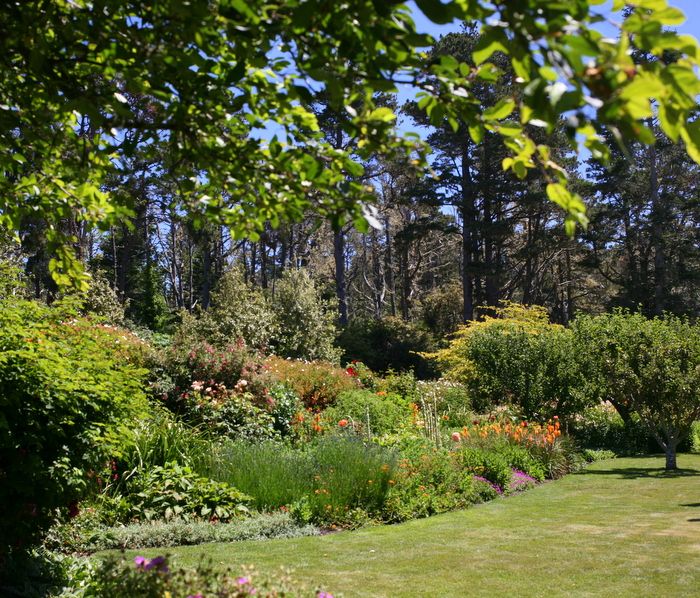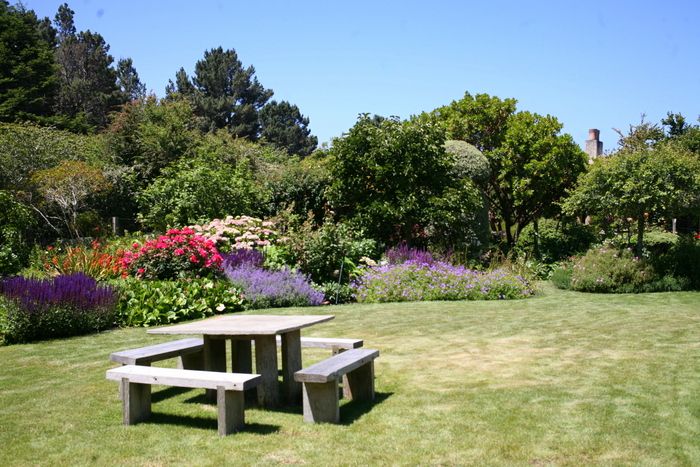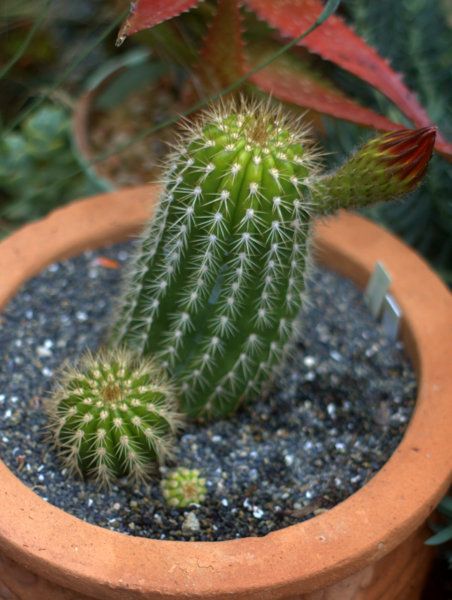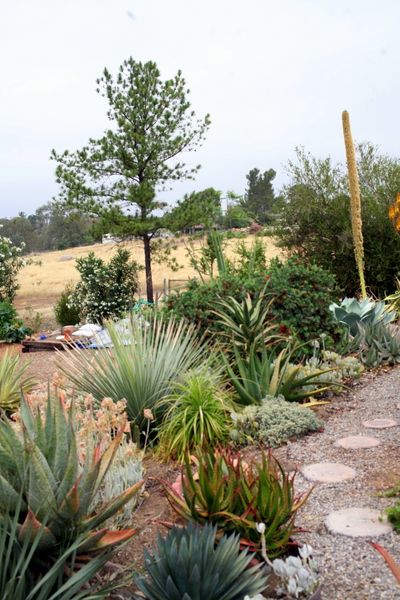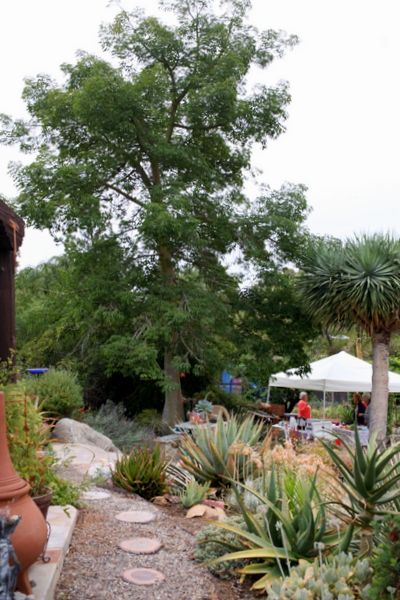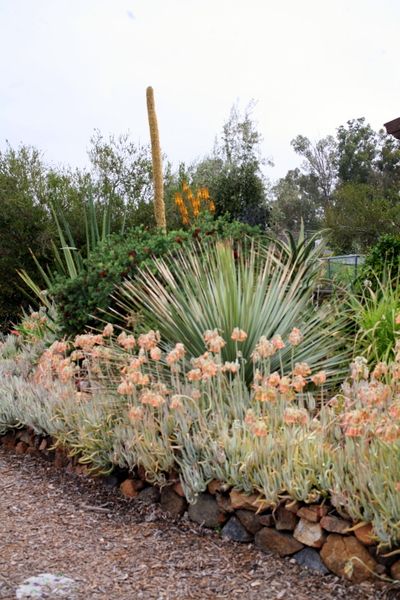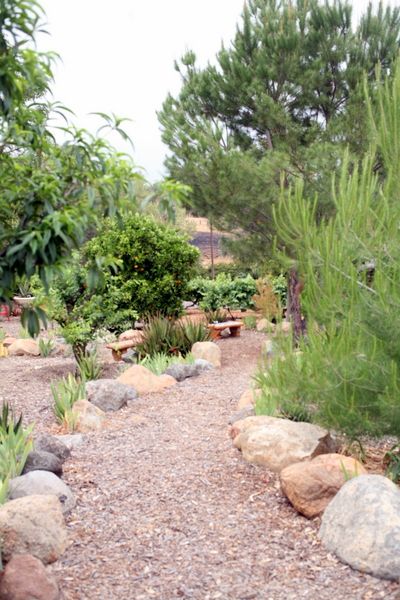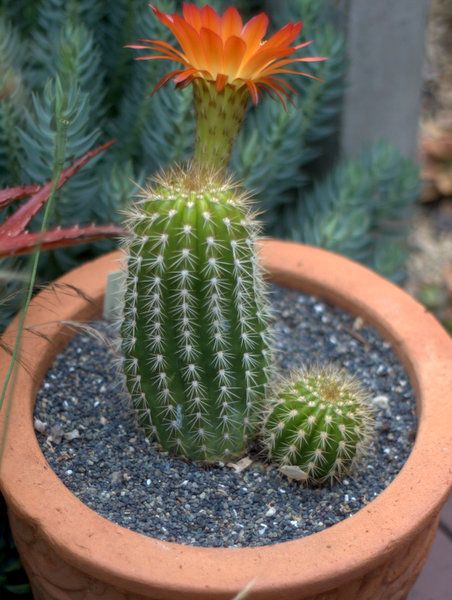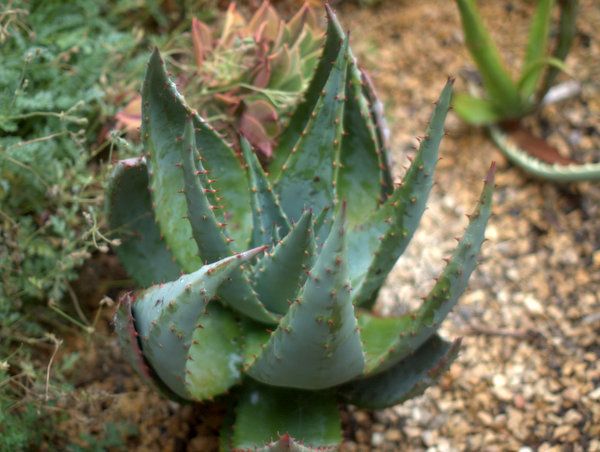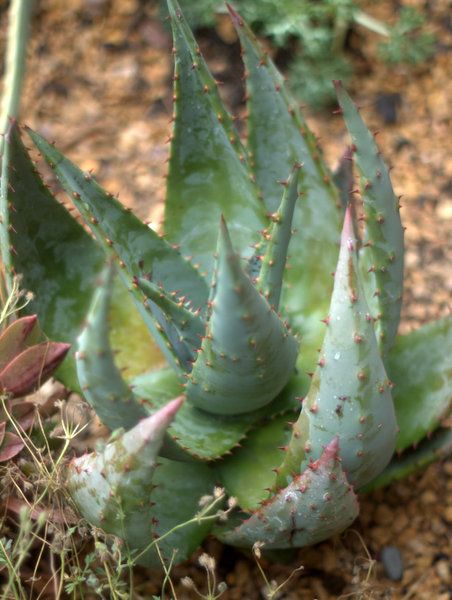The parents’ exasperation with our indoor hijinks always crescendoed in a bellow of “take it outside!” whereupon we would bang through the screendoor and tumble out into the womb-like, cul-de-sac’d streets of our Los Angeles suburb, joining up with the army of lost boys (and girls) riding skateboards, building forts and blazing trails in the tall grass of early summer in the nearby fields. And we could pretty much take it outside year-round. But still this week’s news in The Washington Post was slightly disorienting. The town I’m living in now, Long Beach, Calif., just a few miles from where I grew up further inland, topped the list of “What cities have the most nice days in America?” Using the criteria of “moderately warm temperatures, at least partial sunshine, a light breeze, low humidity and no precipitation,” Long Beach came in at number one with the “most nice days per year” of 210. We even beat San Diego! So it does feel a bit churlish to confess that summer this year feels like a season in hell. The tops of my feet look like they’re afflicted with small pox, courtesy of summer’s new pest, Aedes aegypti, a day-feeding mosquito infamous for carrying the Zika virus in more southern countries. Which makes Burt’s Bees Insect Repellant the new summer essential. (A neighbor has on order the Bandito, a wristband that emits scents and sounds that purportedly annoy the hell out of mosquitoes.) And as every summer arrives determined to be the champ that wins the all-time heat record, it all becomes a bit much for a beachside community of old bungalows, mostly lacking in air conditioning like ours. And, infuriatingly, the dangerous brinksmanship of climate change denial still rules the land. GOTV. But I hope you’re having a fabulous summer! Because heat and bugs aside, I’m still taking it outside, still in love with summer.

When Mitch told me the story of the dinner party he held in a suffocatingly hot little Spanish Revival in Long Beach lacking in air conditioning and plagued by dumpster flies from the surrounding multi-unit apartments, I just had to pry the photos loose from him to share a summer evening that was pure tragicomic gold. Here’s the intrepid bunch who good-naturedly put up with it all. On the far right in crisp and cool blue is chef Daniel Perlof of Rhyme & Reason Catering, nattily equipped with portable grill. There was no way he was cooking in the non-AC’d kitchen with muggy temps straddling the high 90s.
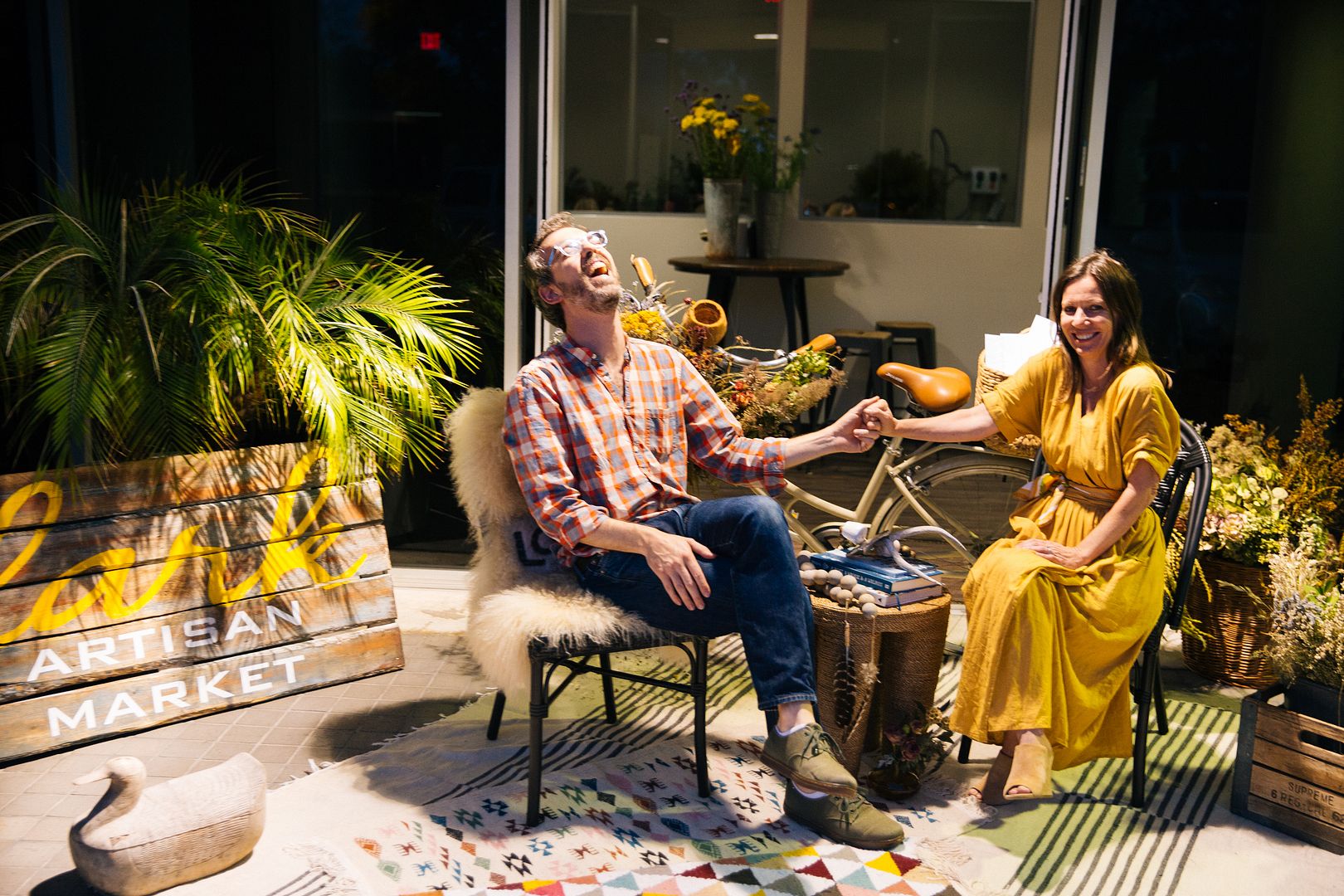
Mitch, left, has worked with Lisa Gutierrerz-Martinez of Lark Artisan Market for years, photographing (and sampling) her roving dinner parties known as Larks. The next one is August 17 at Cleobella in Sunset Beach, linked above.
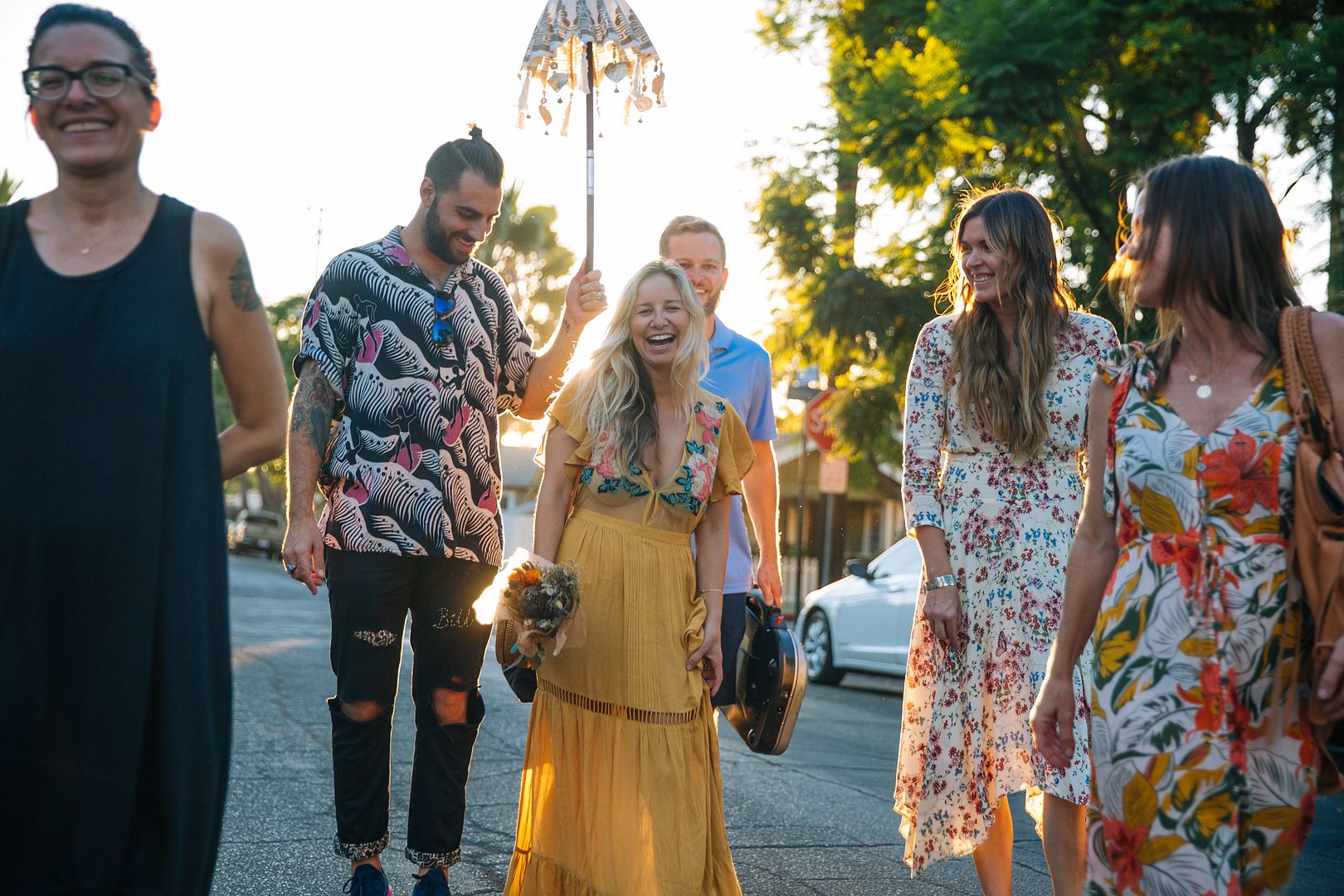
This dinner wasn’t technically a bonafide Lark, just a small group of friends trying out a new menu. And testing their limits for less-than-optimal outdoor dining conditions. No flies were air-brushed out of these photos, but I’m told there were plenty, as in biblical proportions. Mitch was chatting with Jason Witzl, the owner of the new and excellent Ellie’s (“best grown-up food in LBC” according to Mitch) about his dinner party fly problem, and Jason swears it’s the nearby kelp beds that are to blame for the flies. His solution? The Bug-A-Salt. A spray of table salt zaps them dead. Just undersalt the food a bit, he joked. I can easily imagine dinner party guests arguing over who gets to be in charge of the Bug-A-Salt. Weird times call for weird solutions, I suppose.
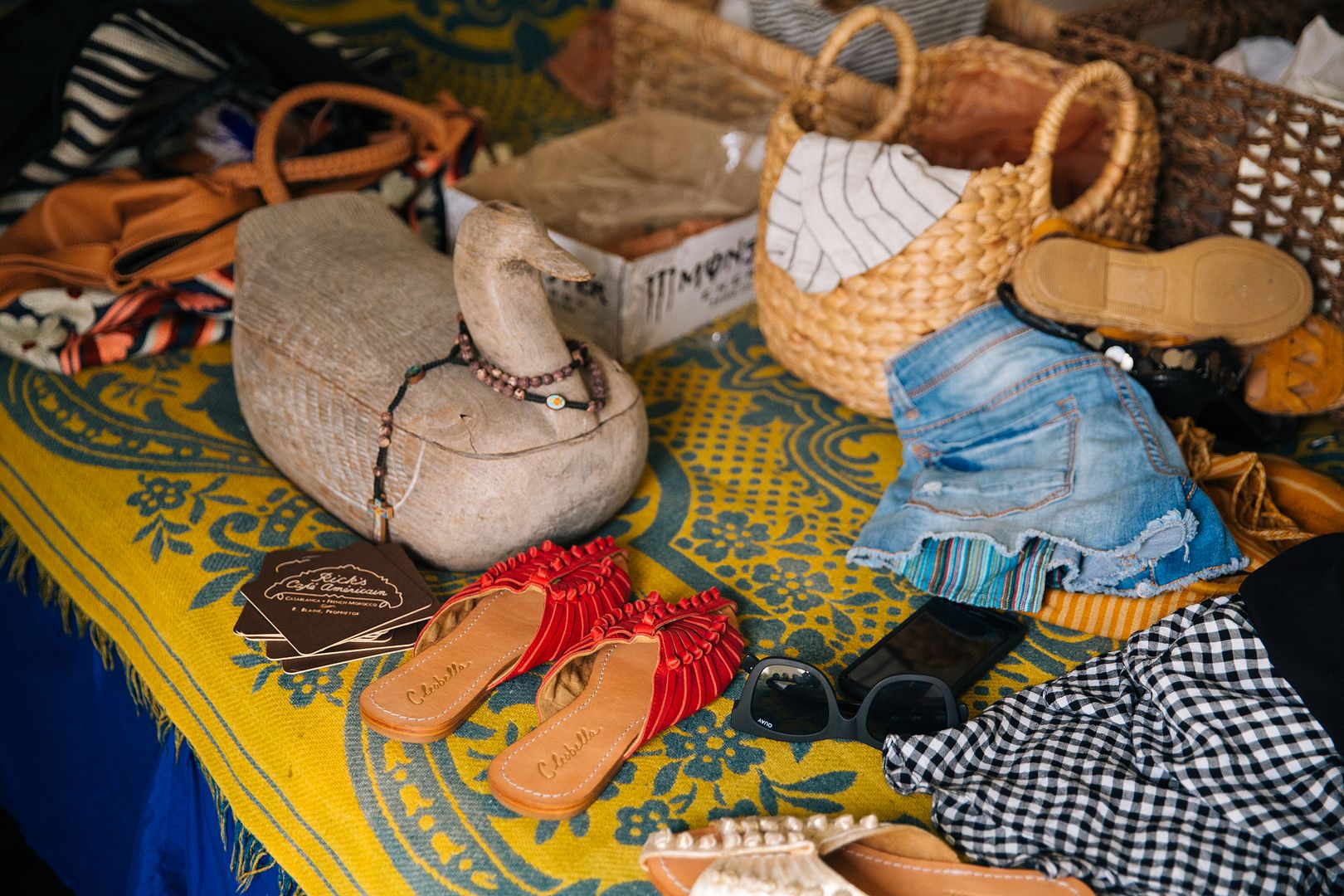
Guests came sensibly prepared to change into something cooler.
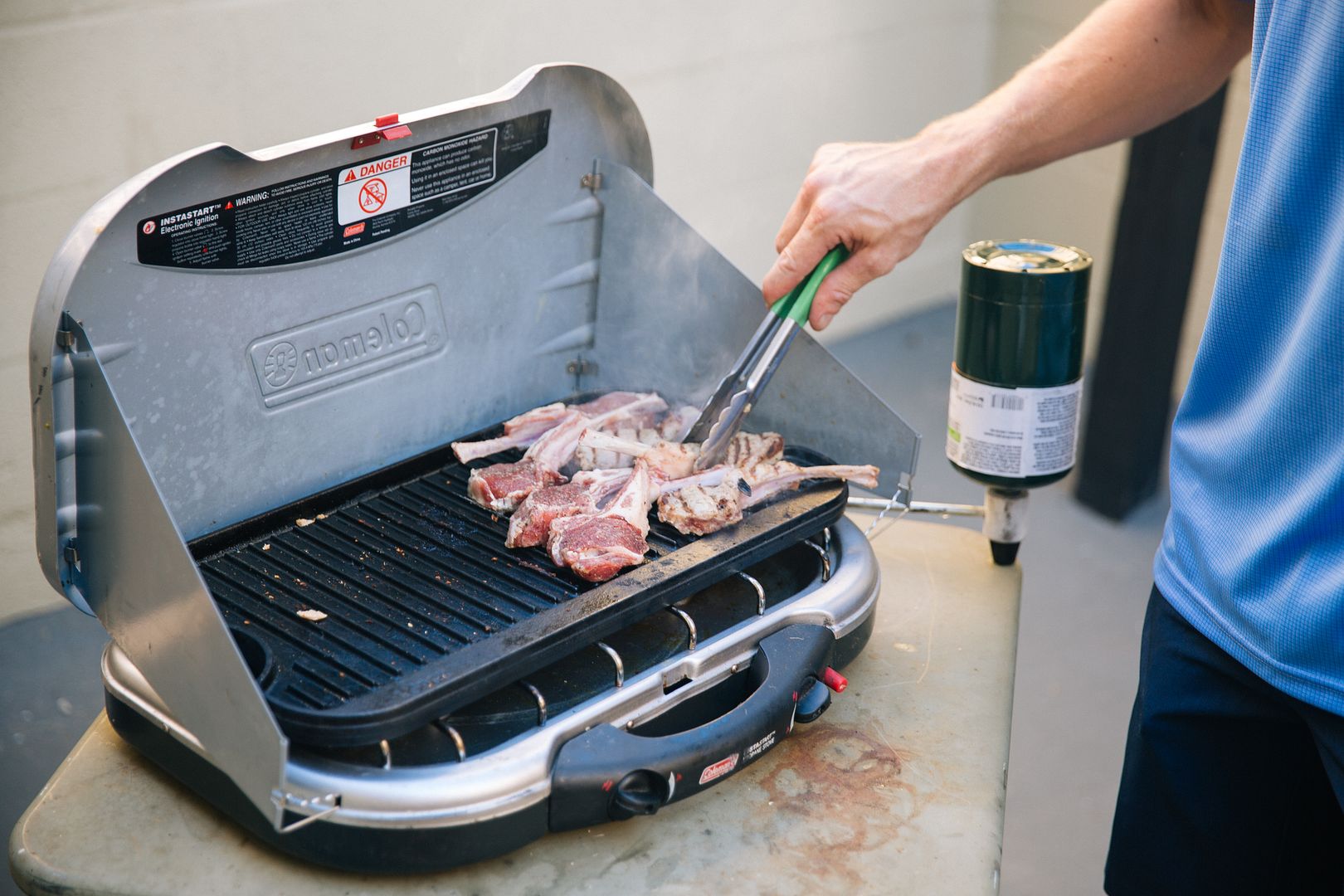
Chef Daniel manned the grill.
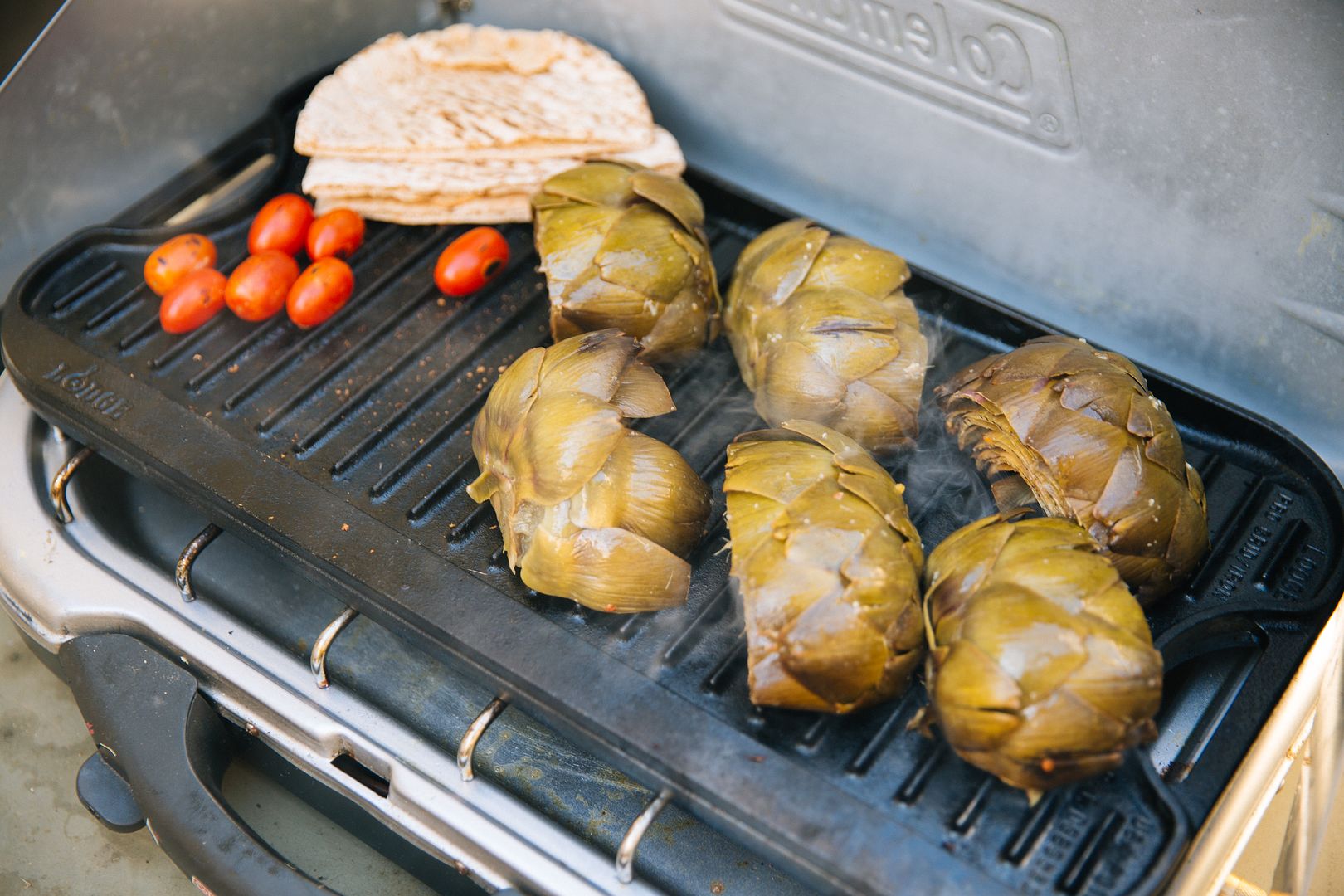
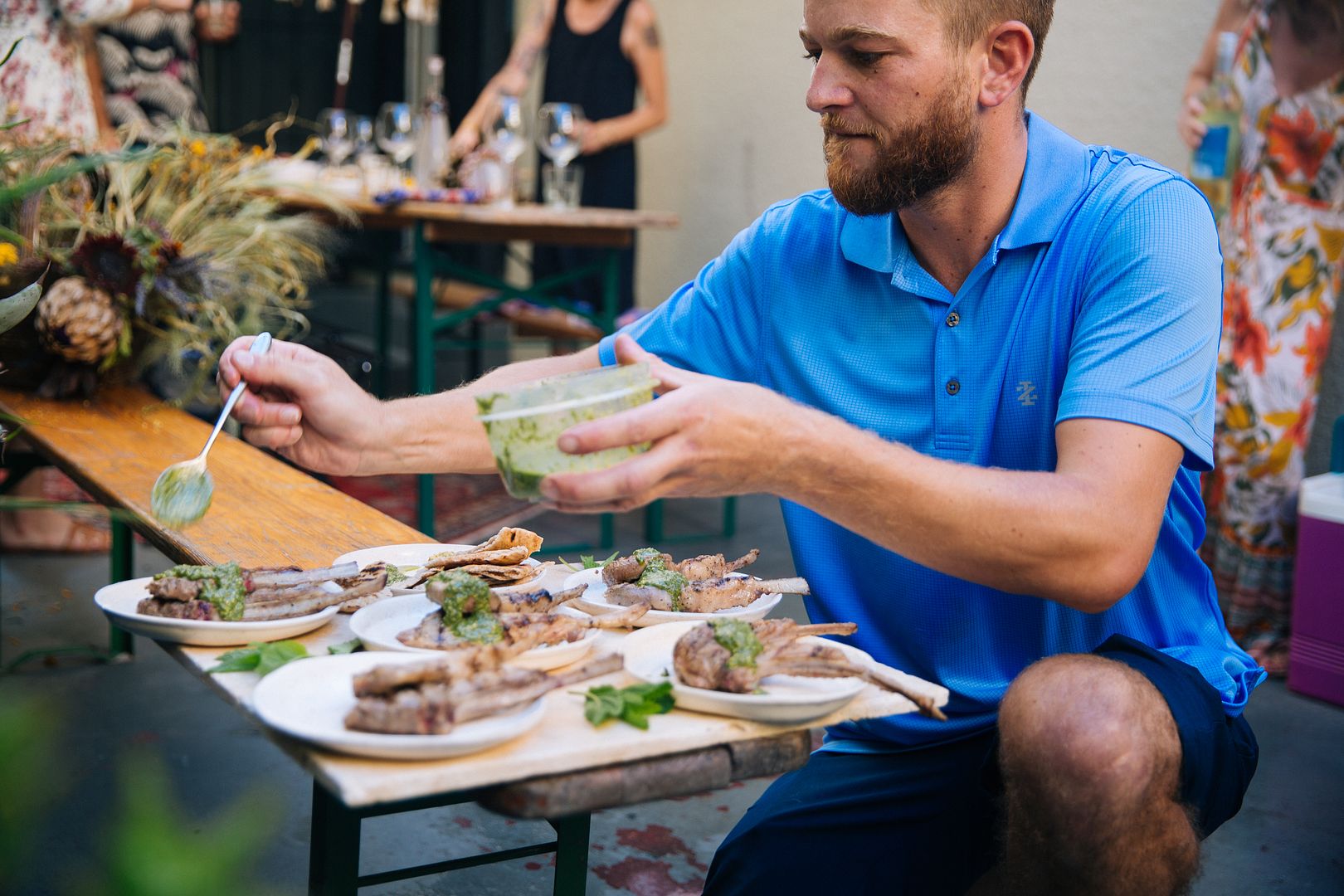
Applying the mint/basil/walnut/garlic/lemon pesto.
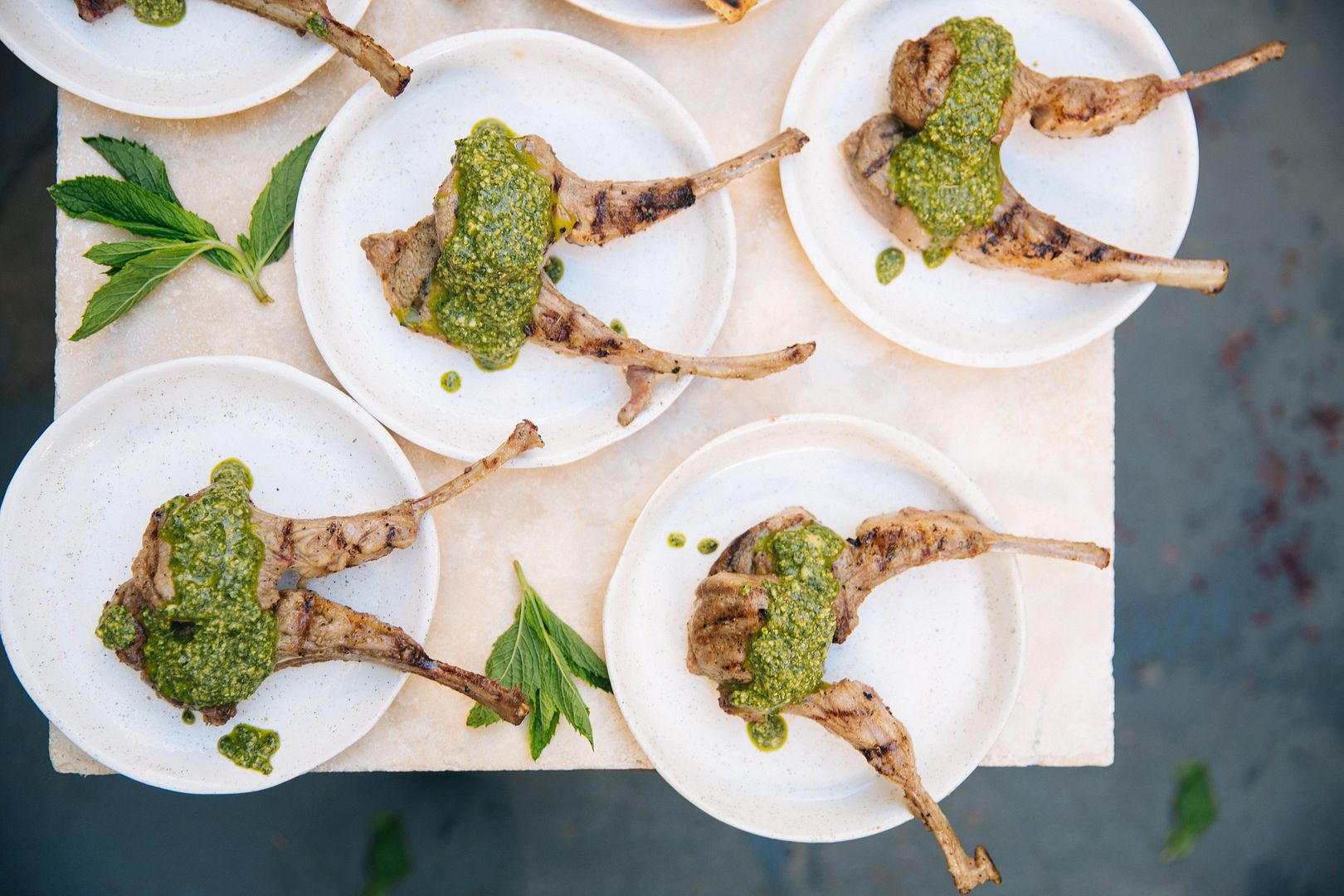
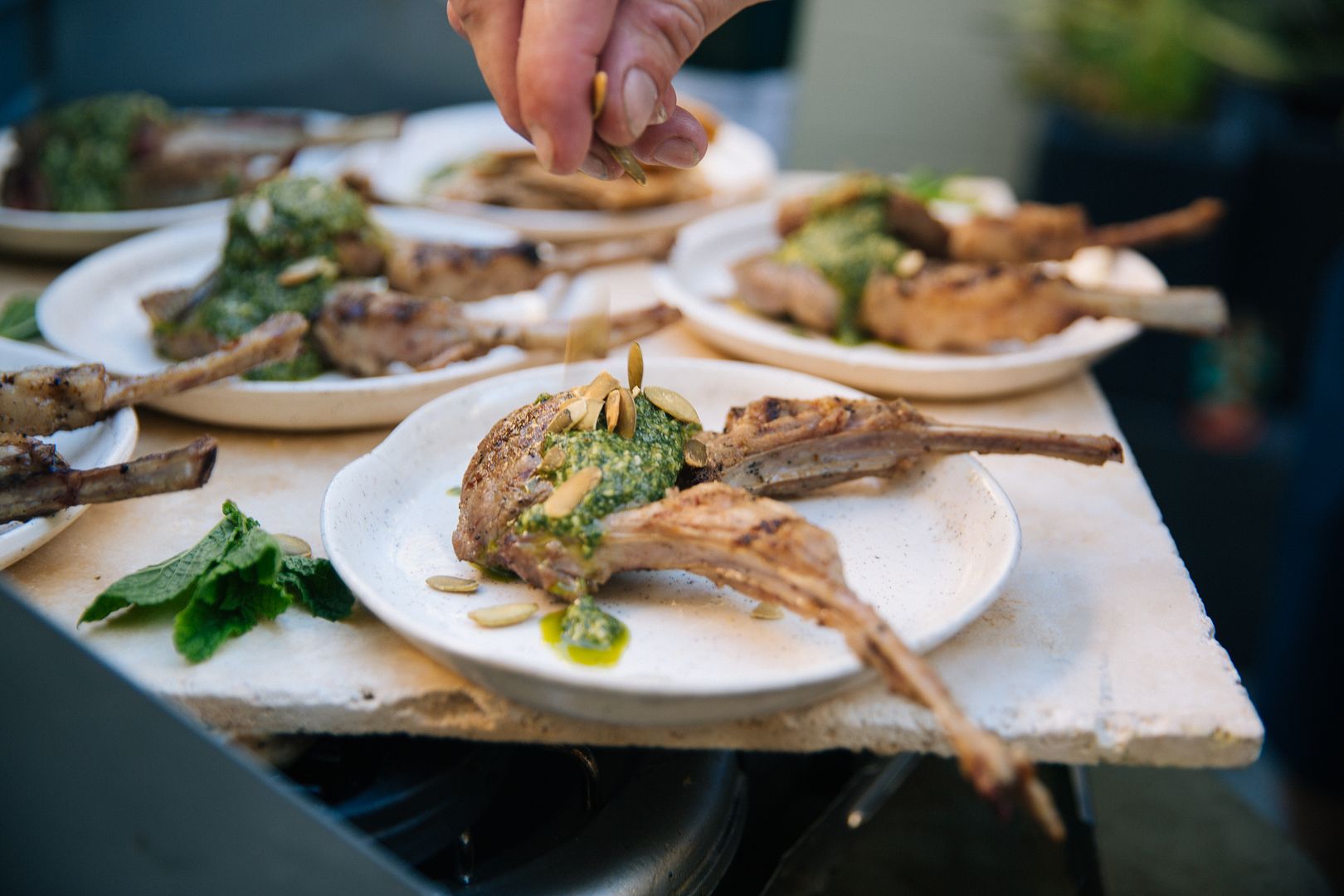
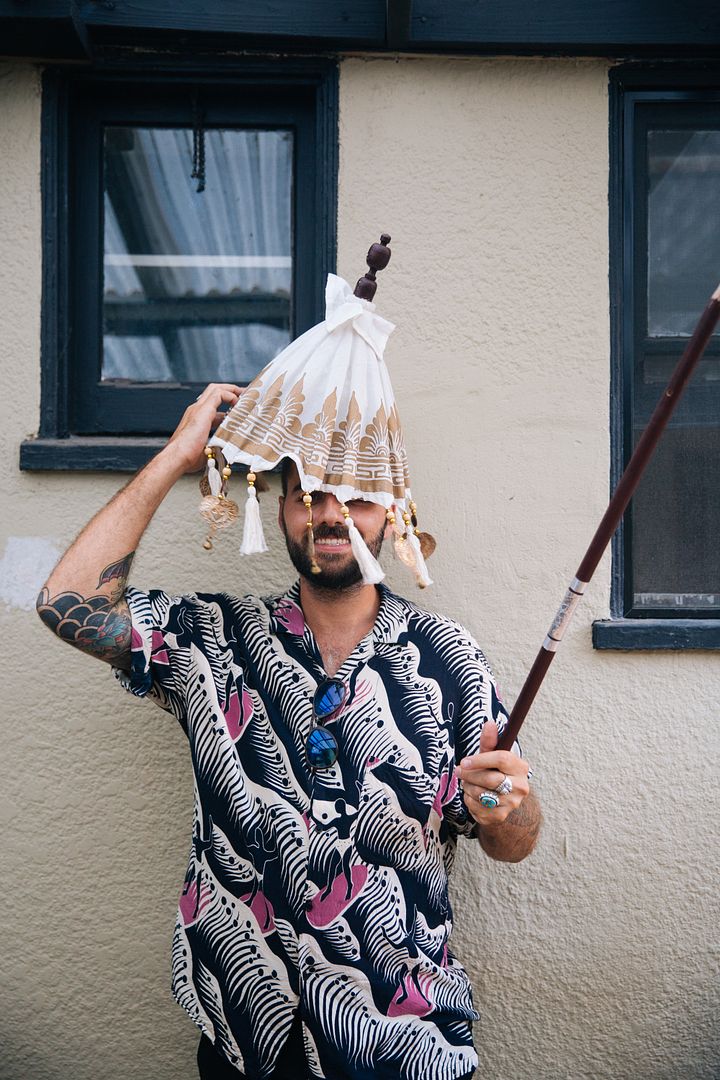
While food was prepped, the guests tried their best to stay cool.
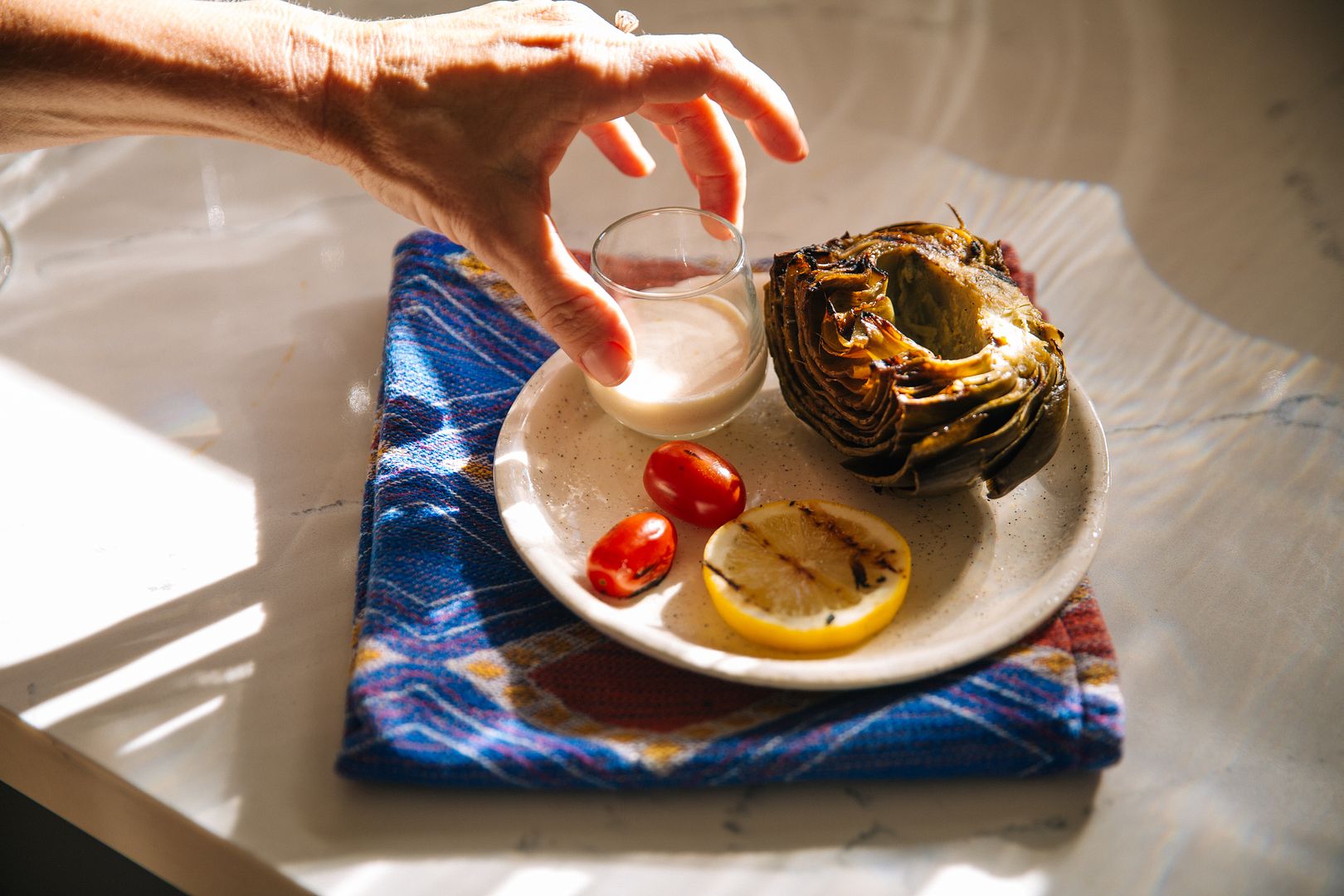
I sampled the artichokes later. I could have eaten a dozen.

Rome With A View was the cocktail du jour, chosen because “all the bitter Italian vermouth-based drinks are low octane,” and are thus perfect for a big thirst on a hot night, says Mitch.
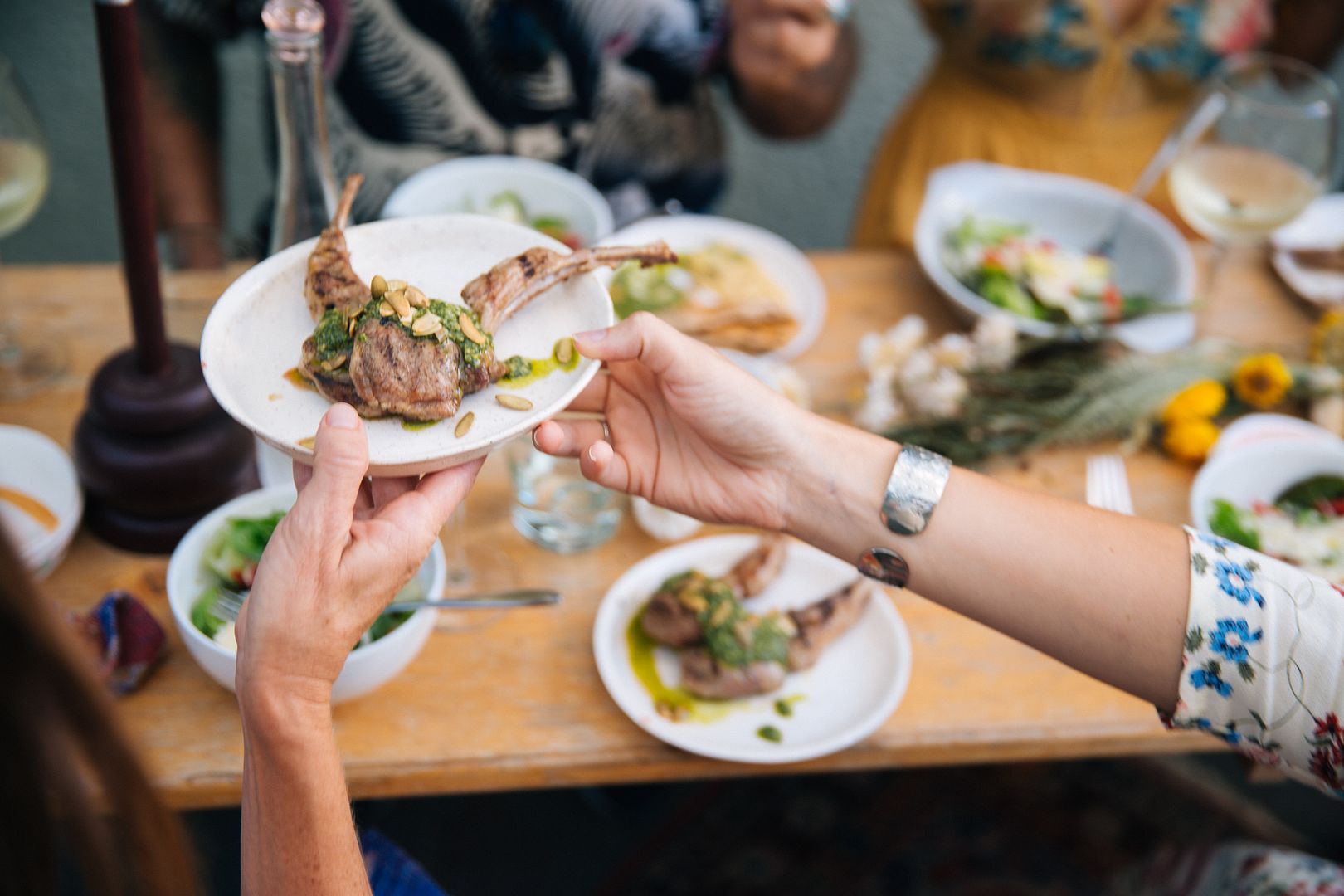
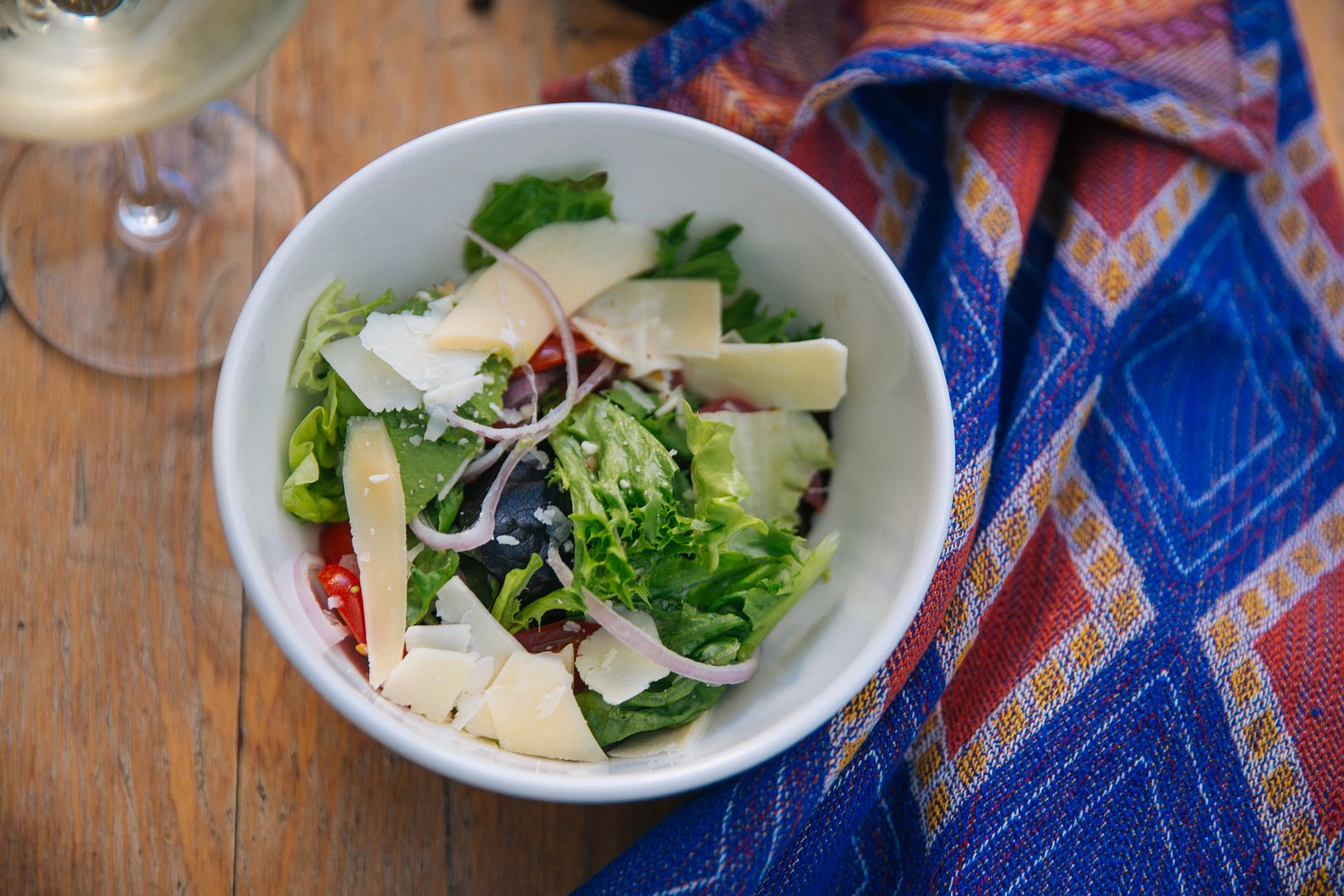

All of which proves that summer is messy and hot and epic, and patios and gardens are worth their weight in gold, flies or no flies.

And a portable grill can be a life-saver.
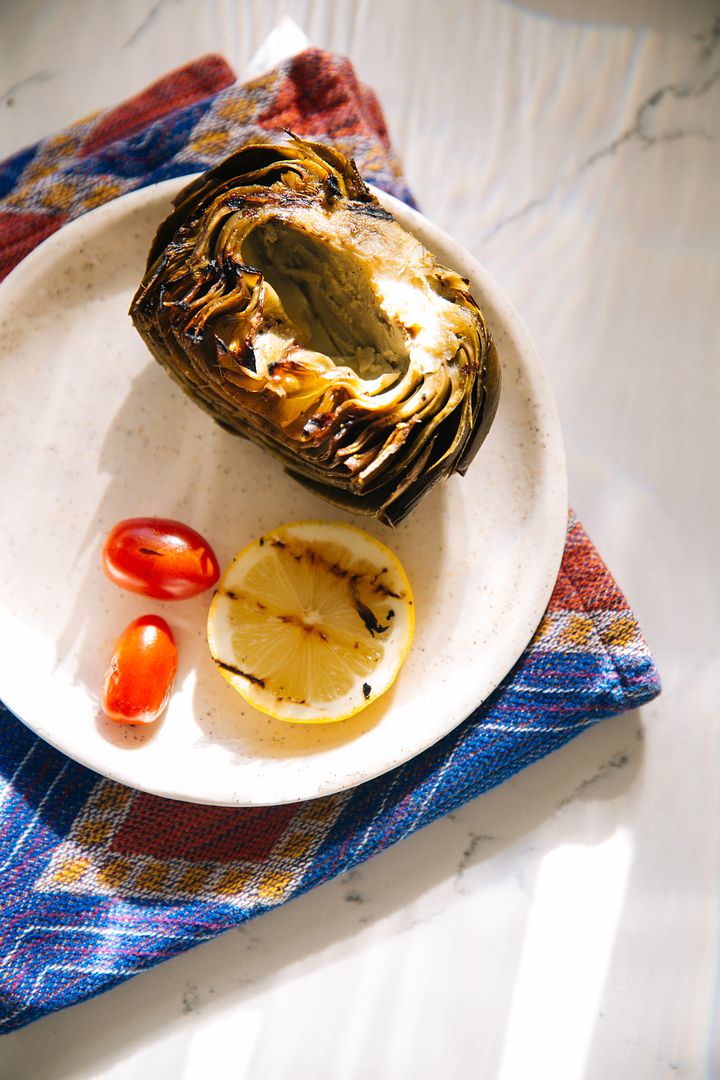
And there’s nothing that a plate of artichokes won’t put right.
Have a great weekend.
photos by MB Maher

